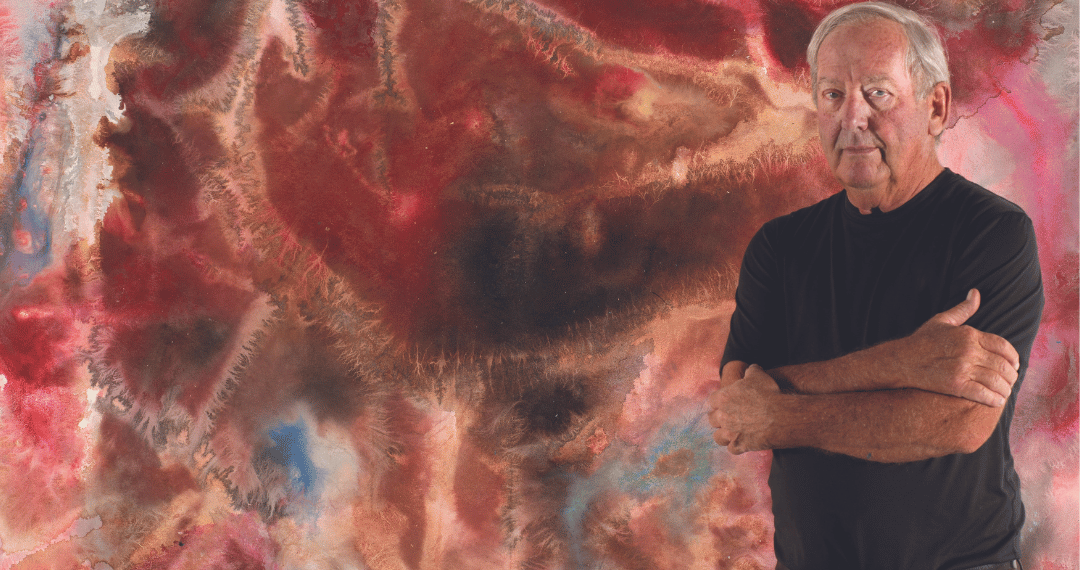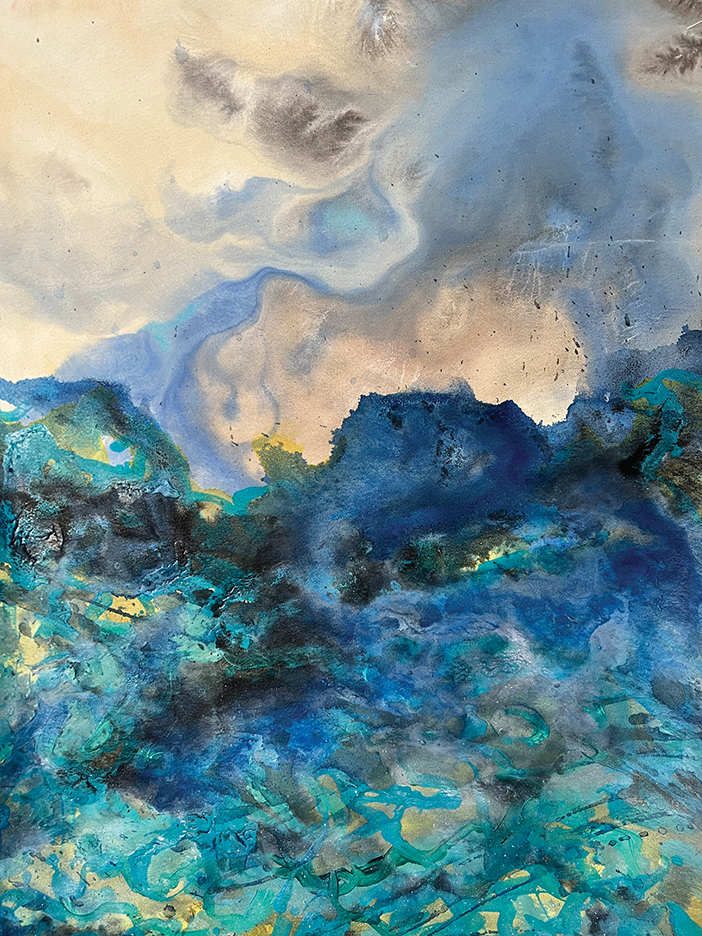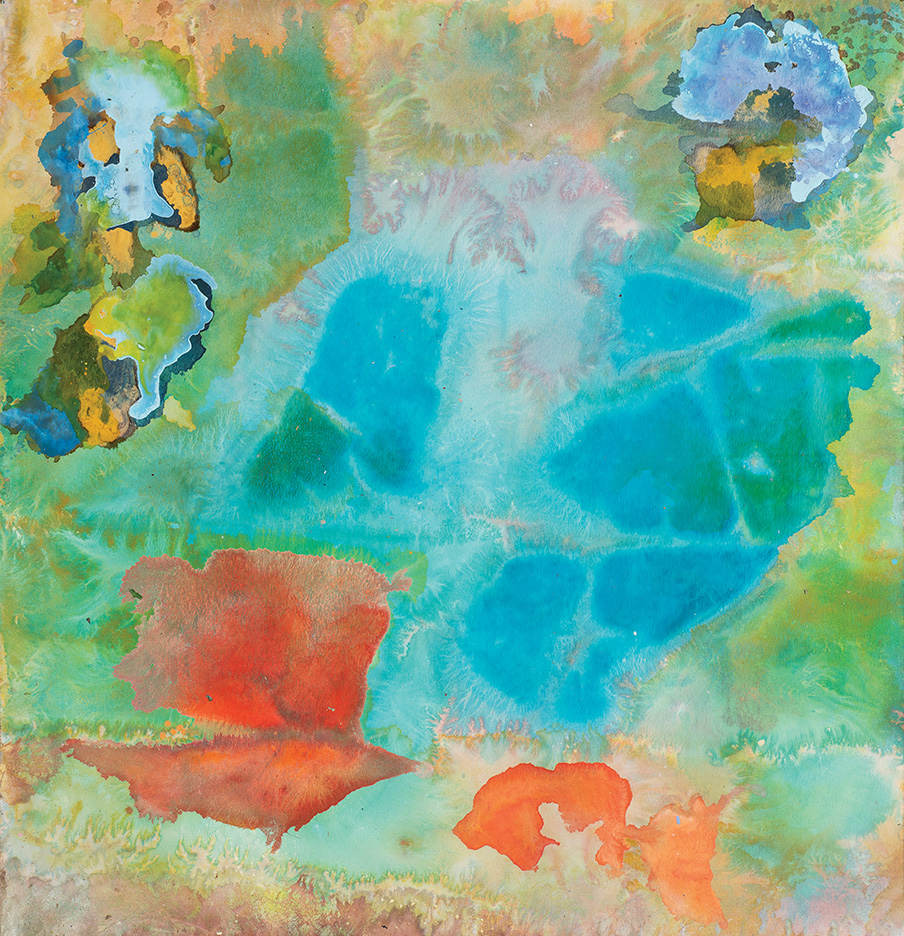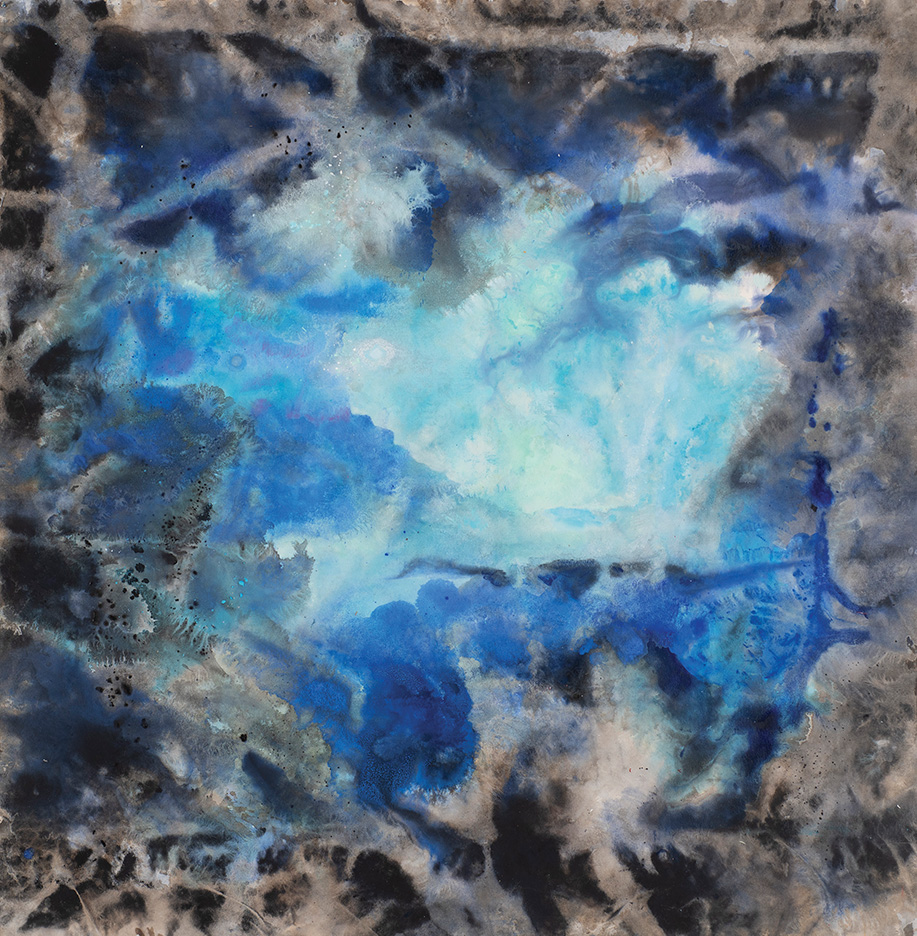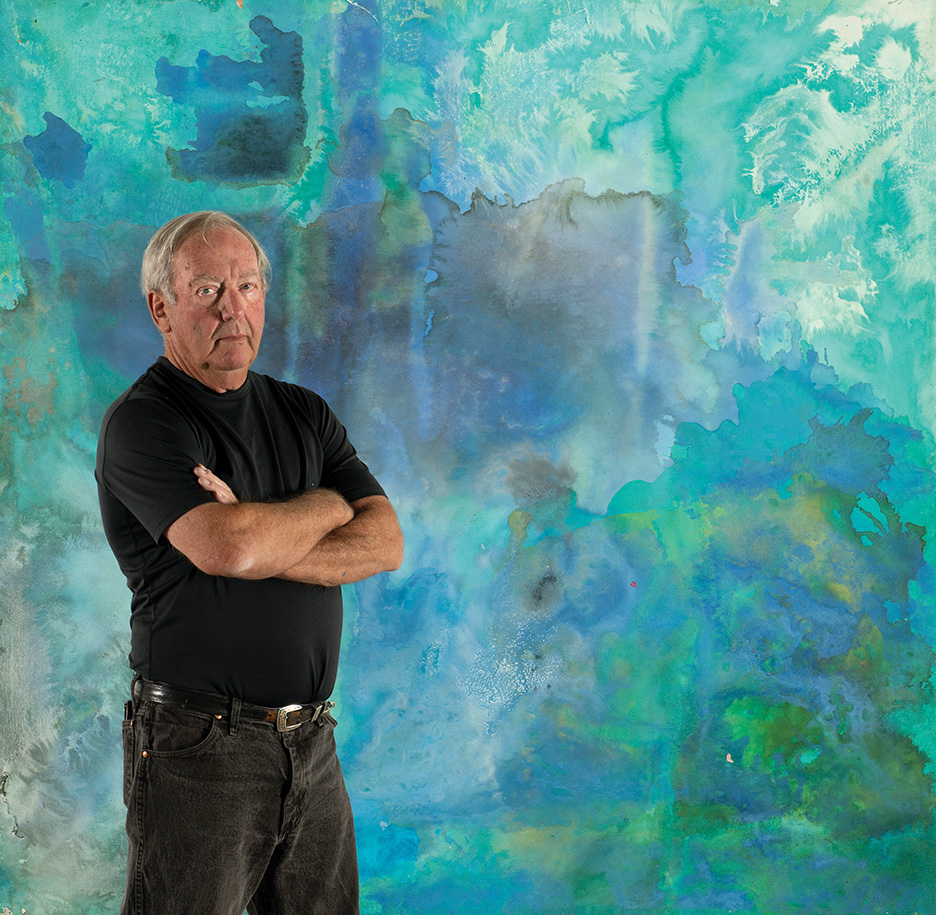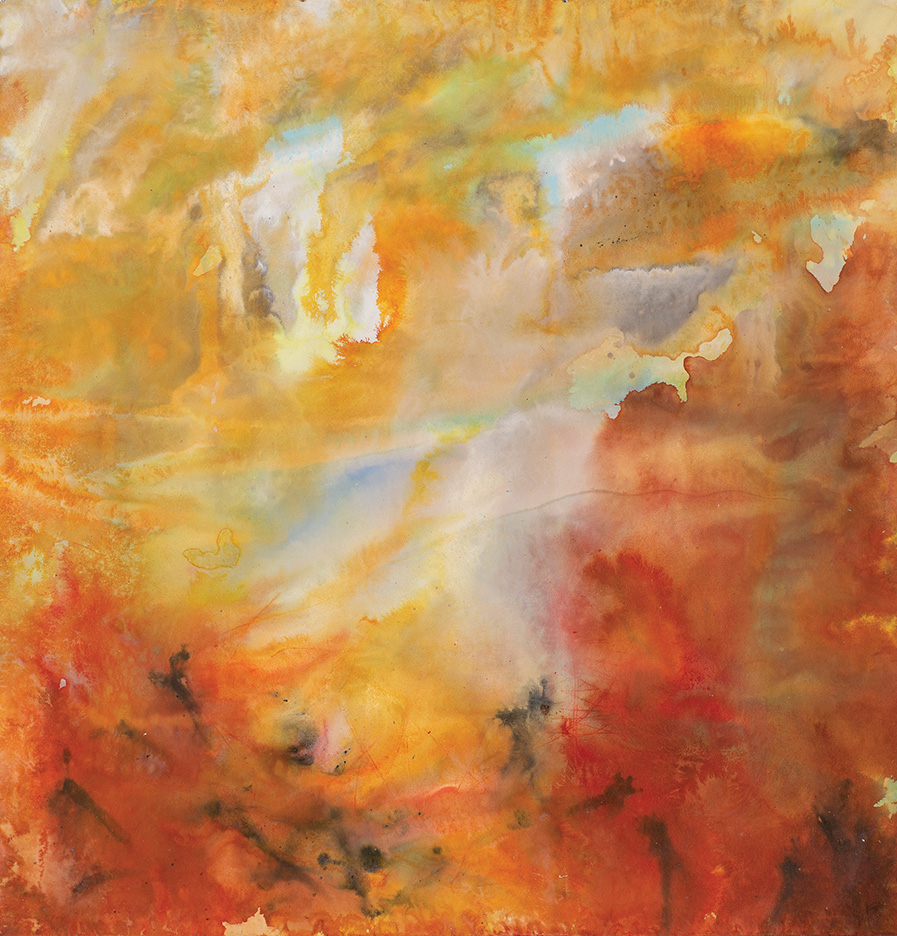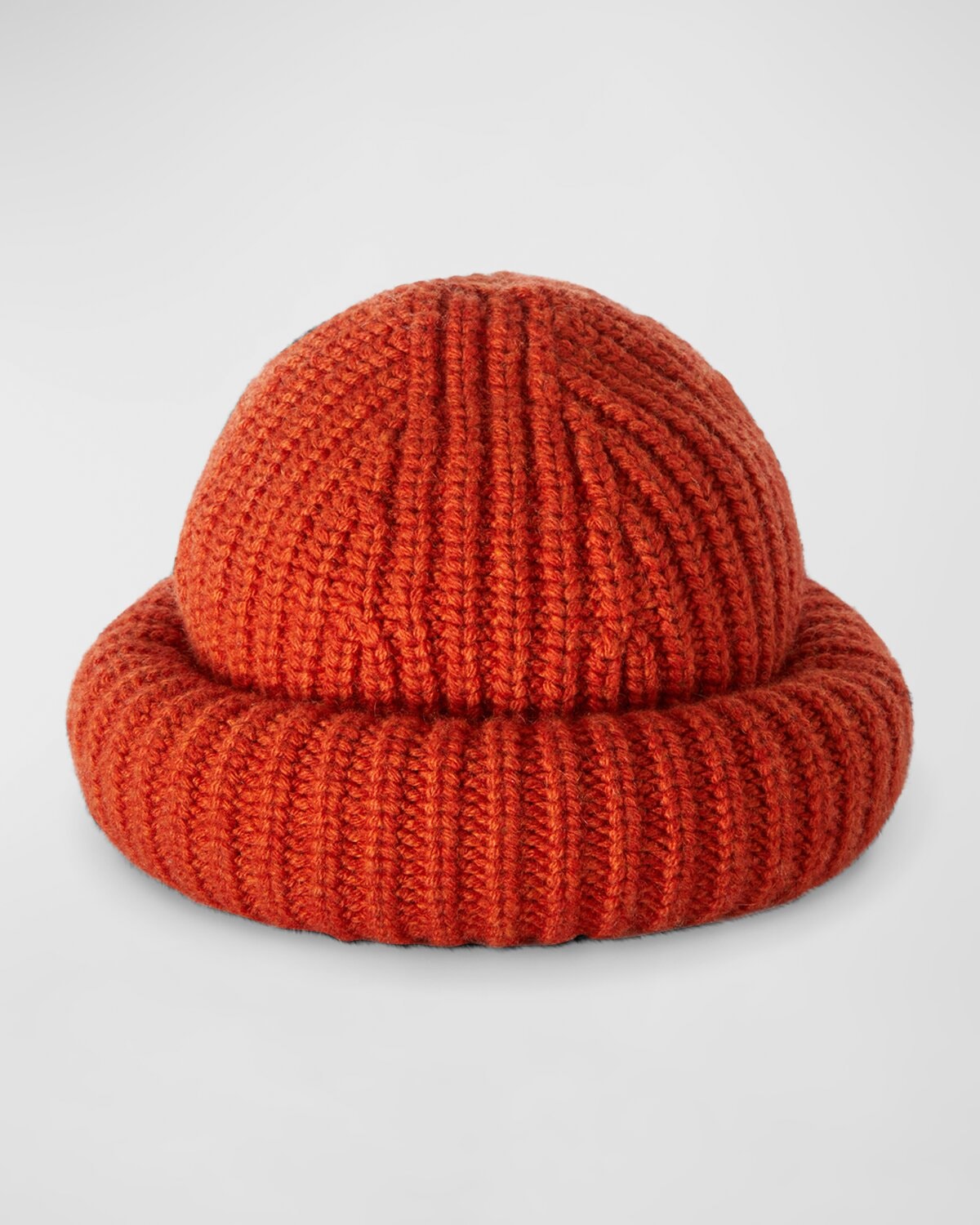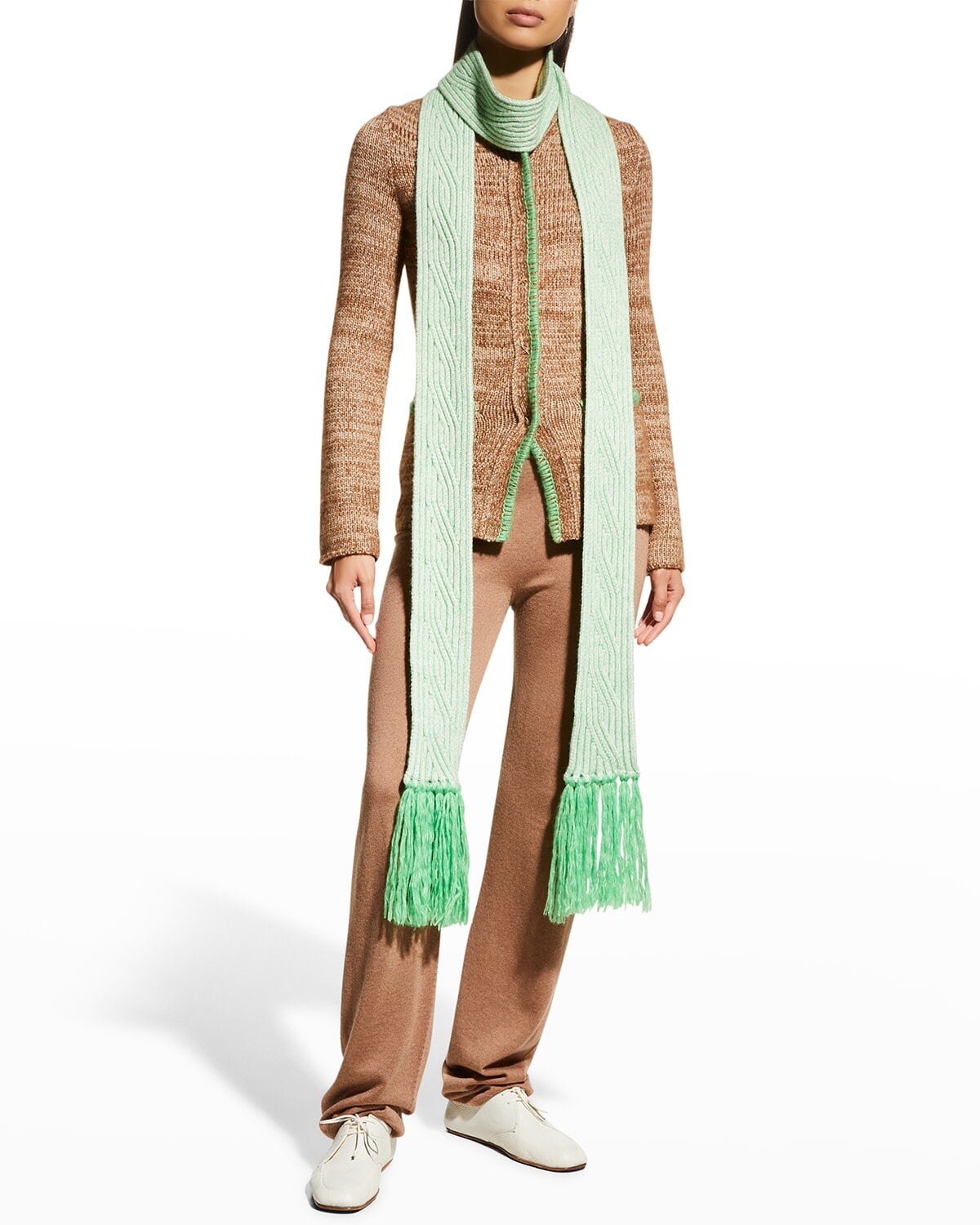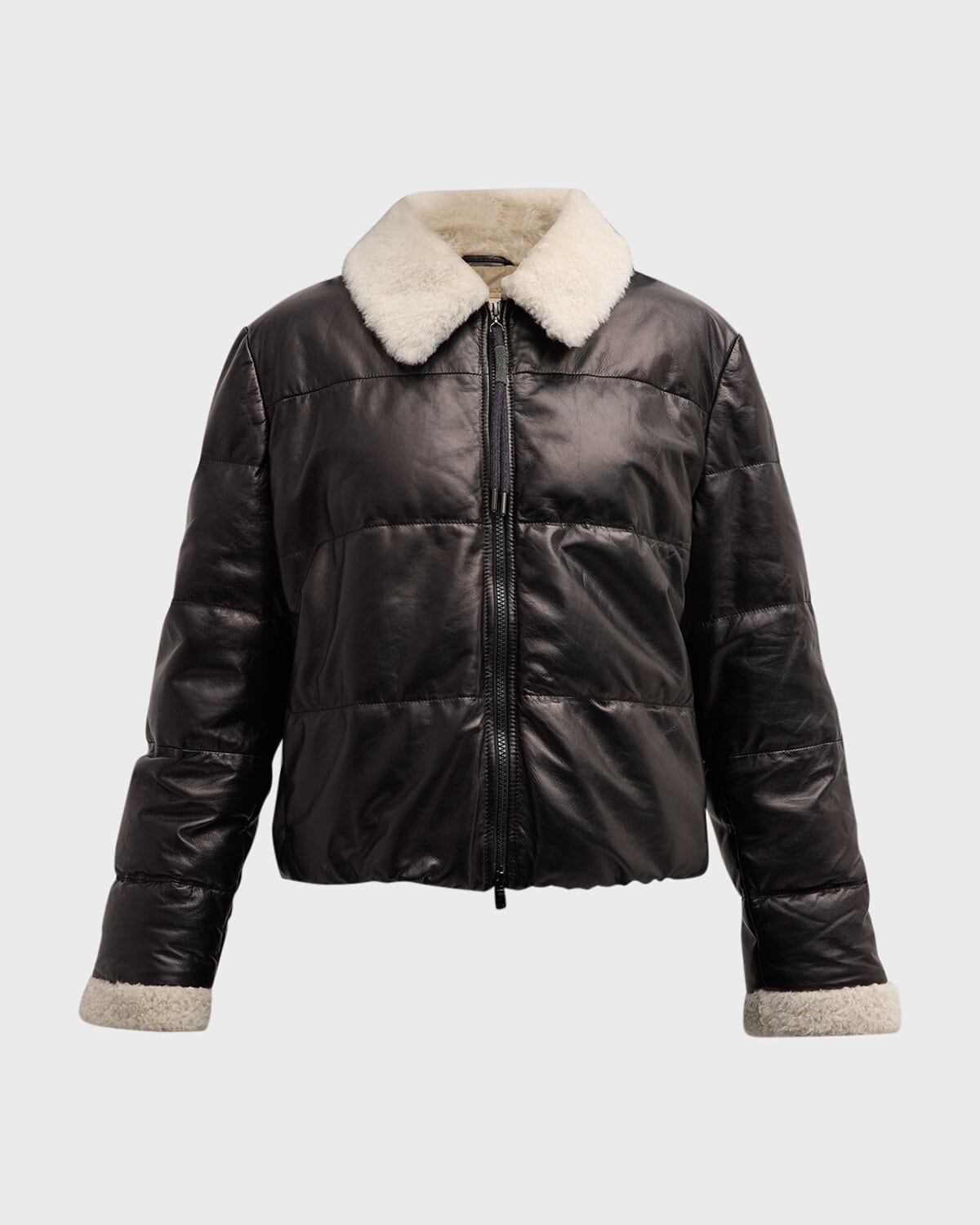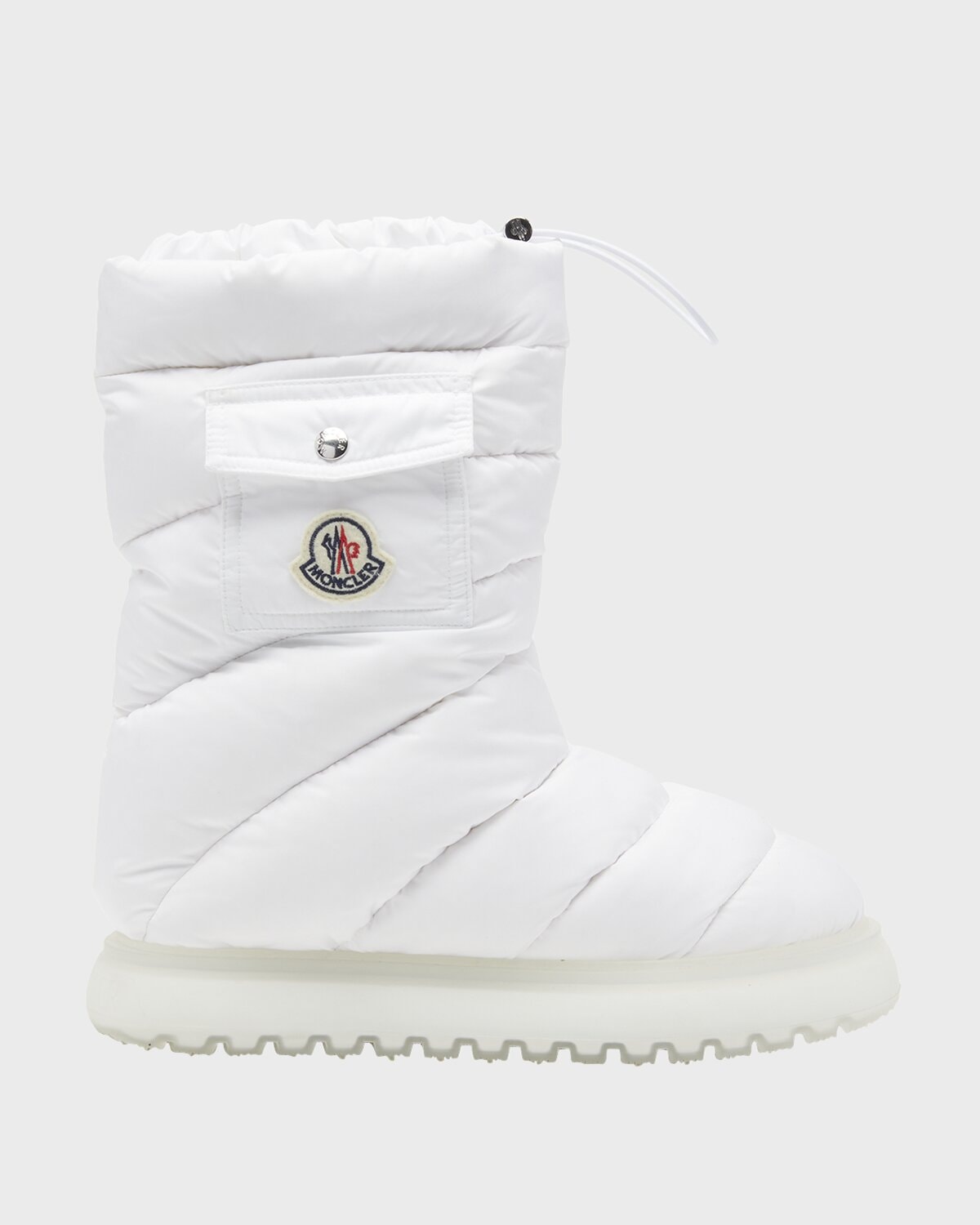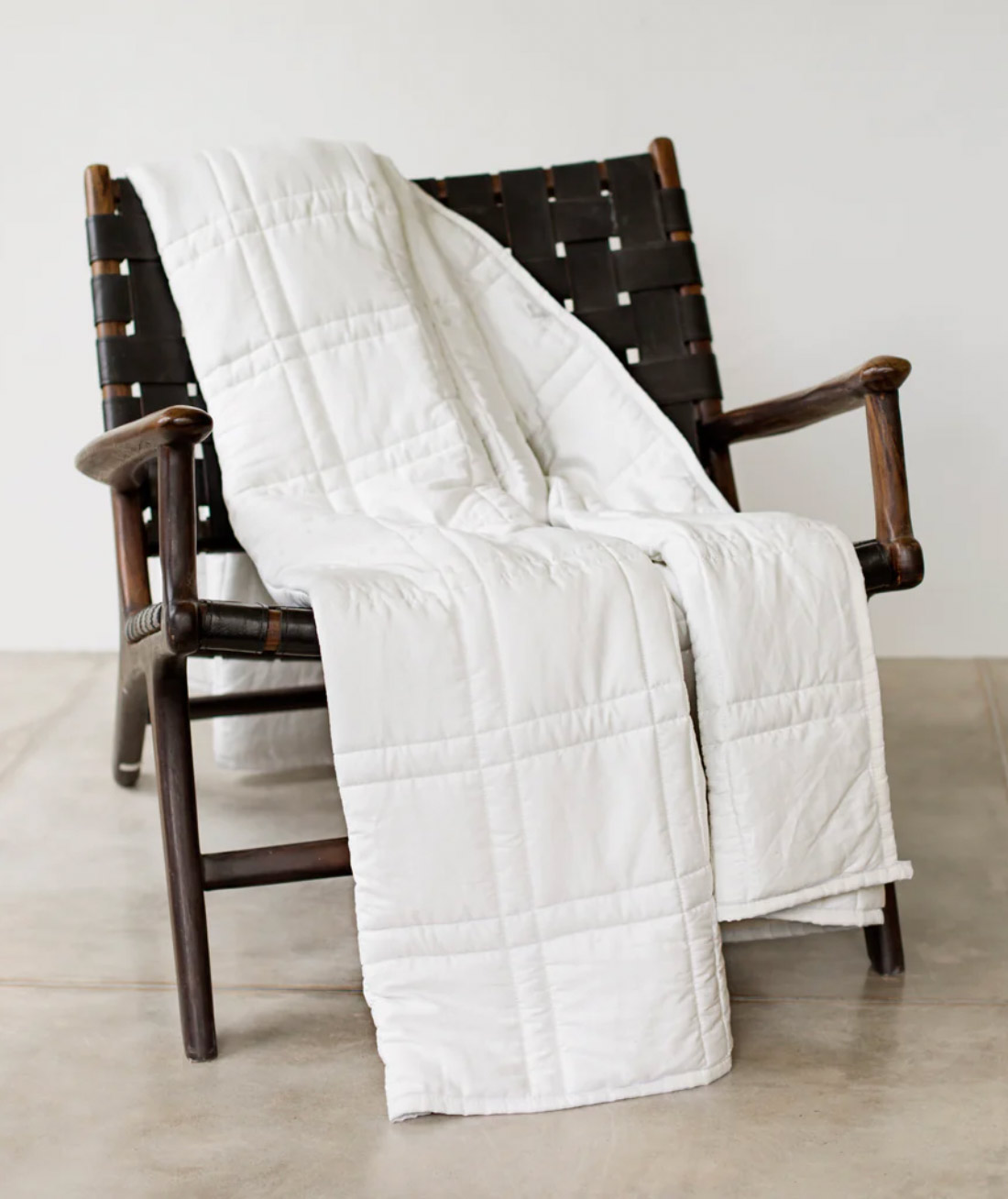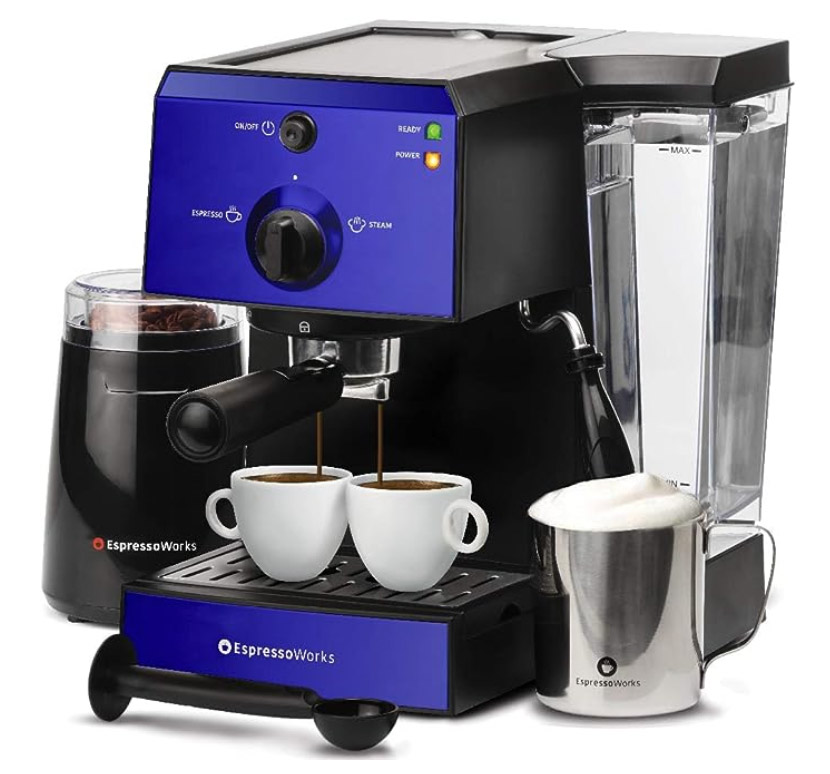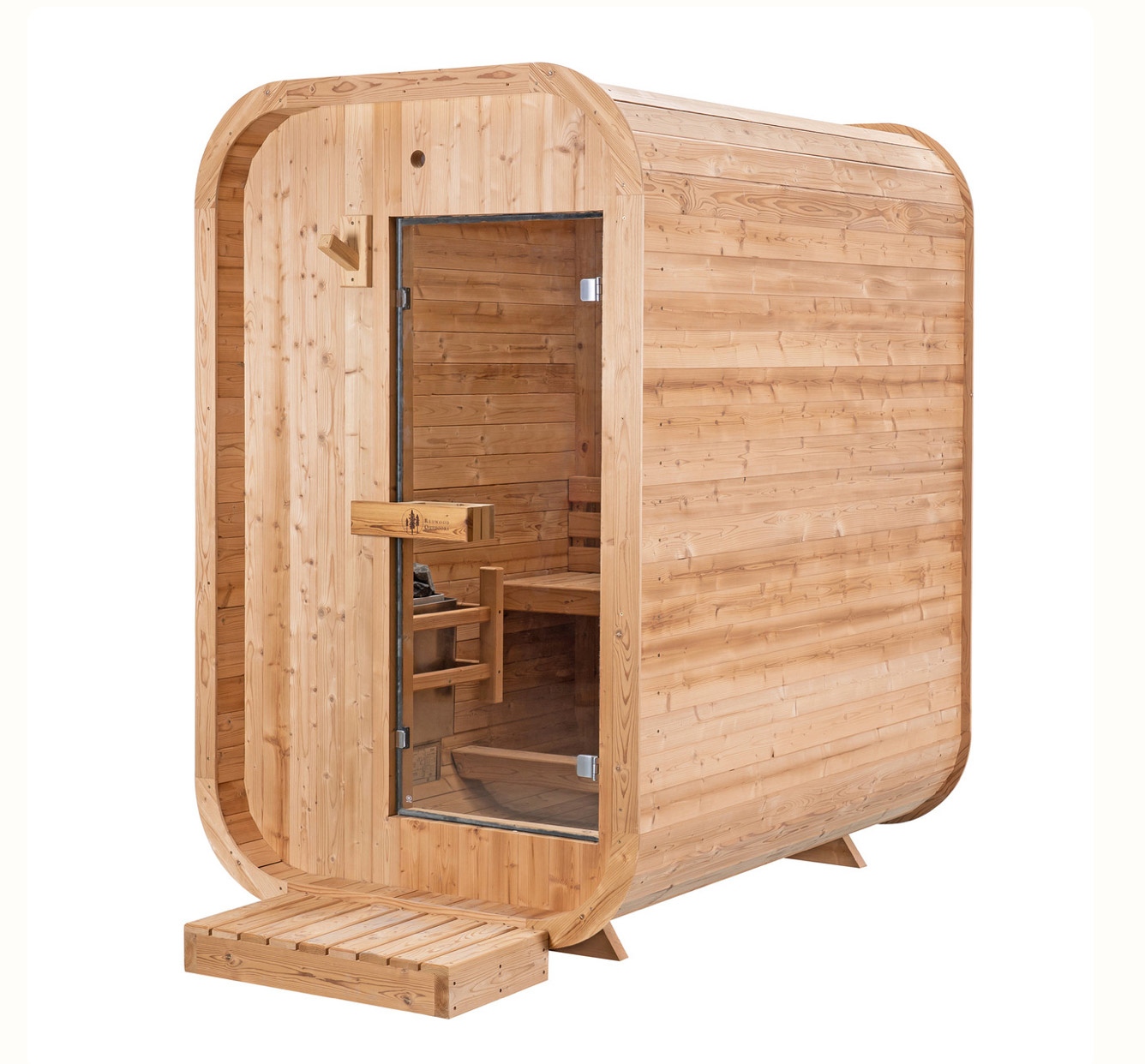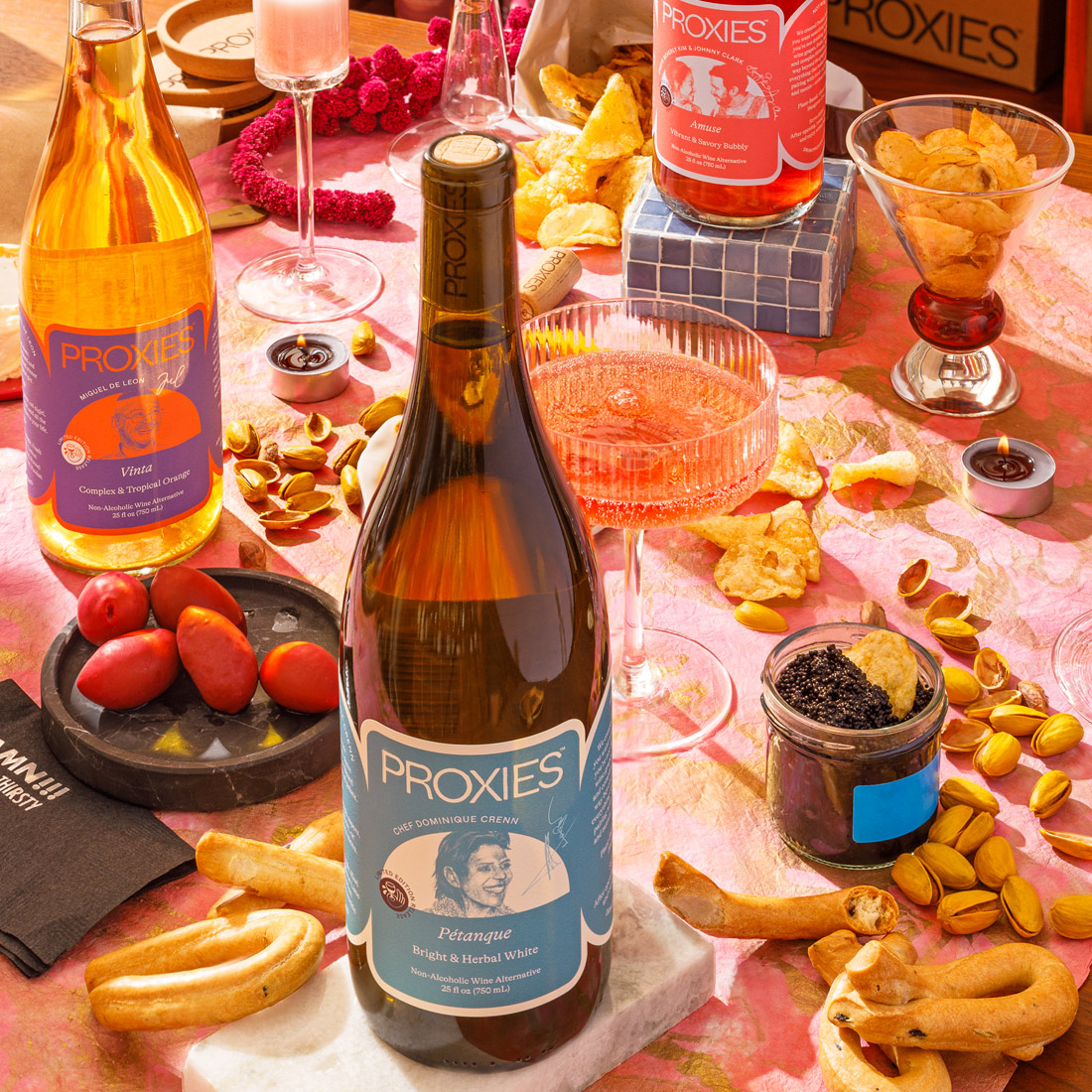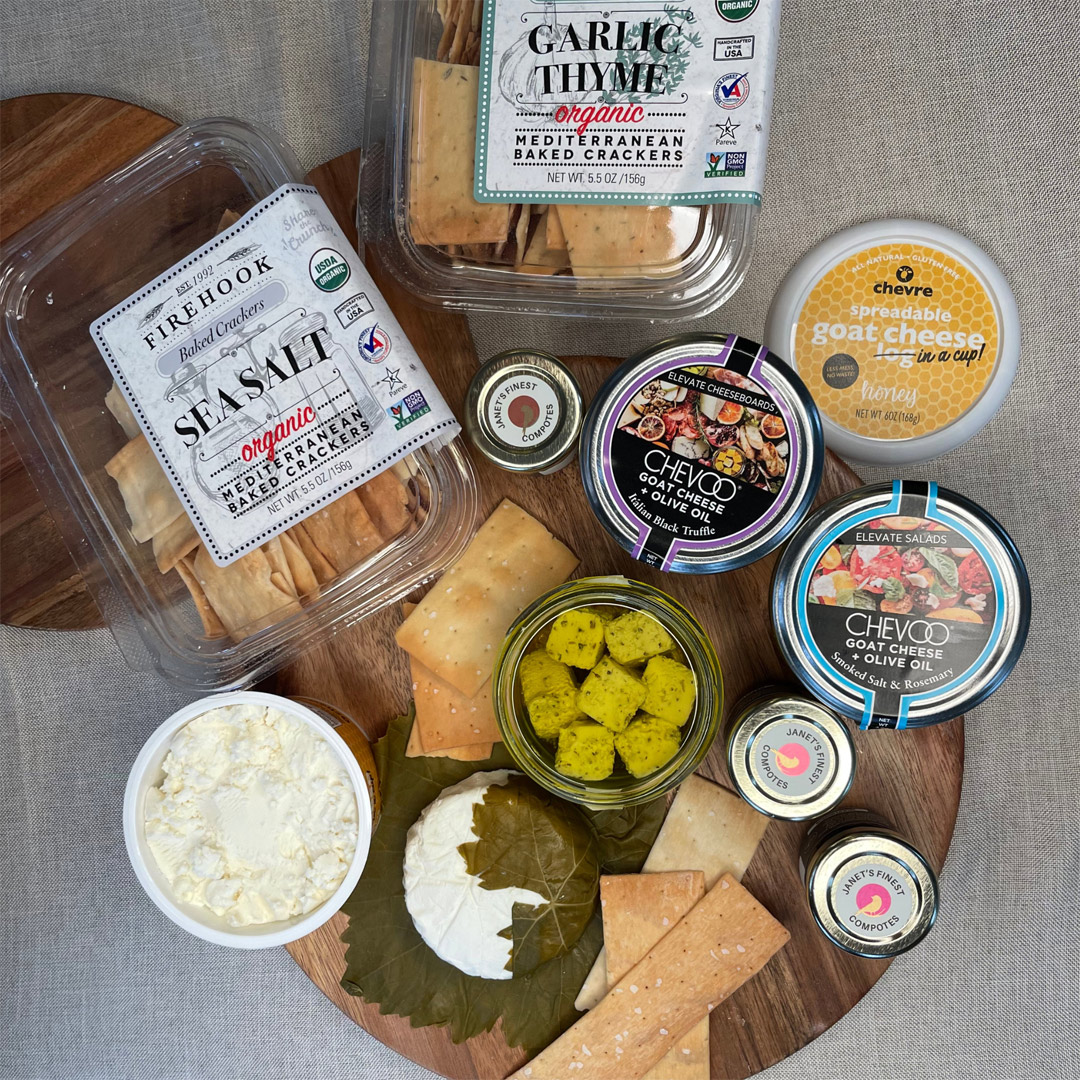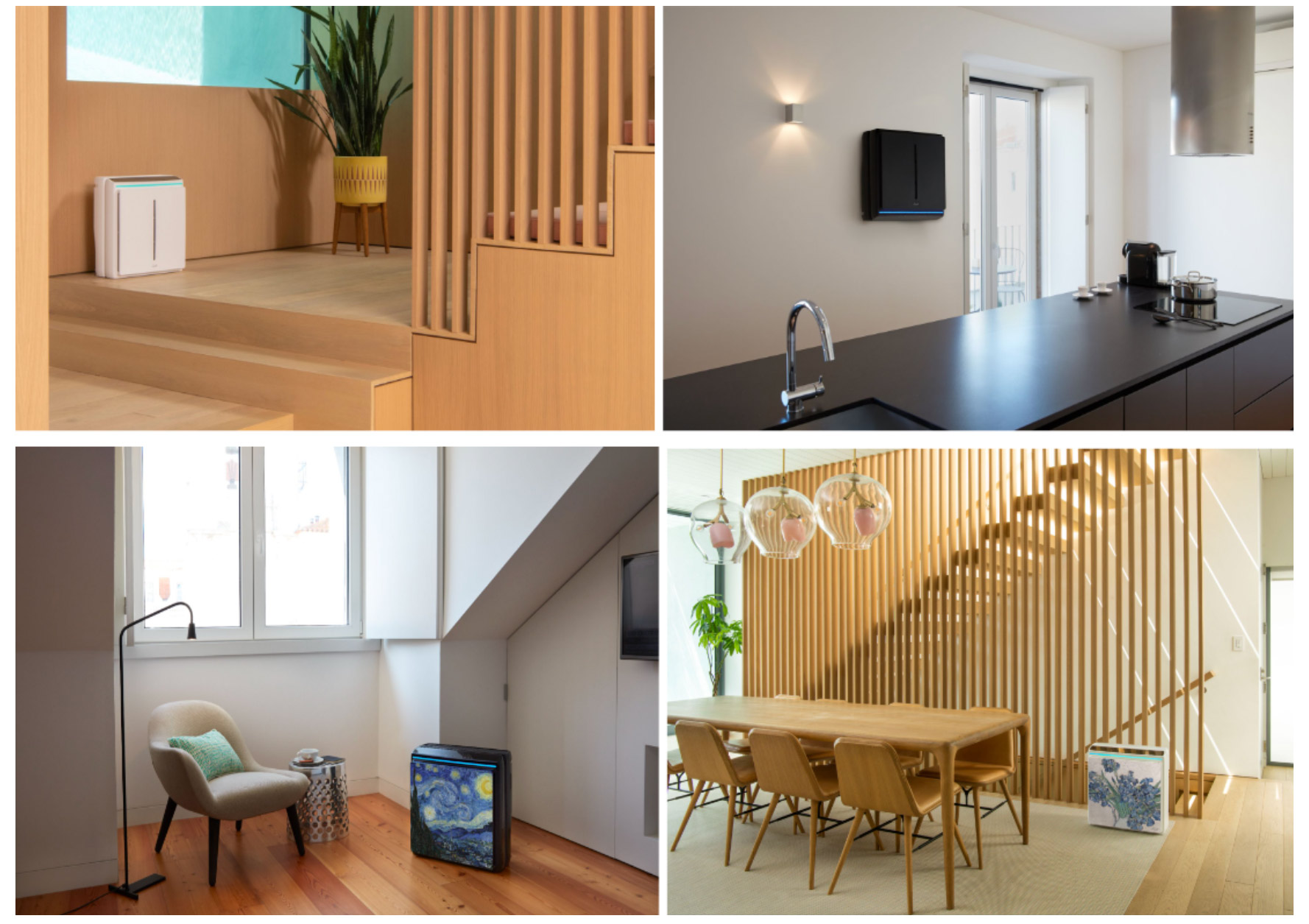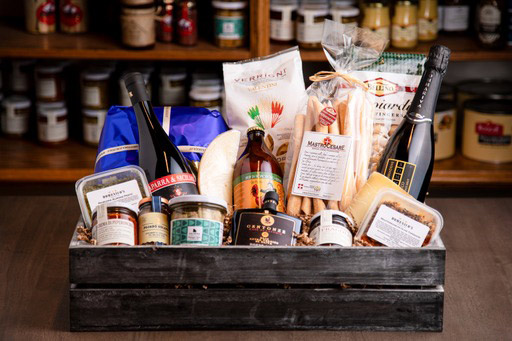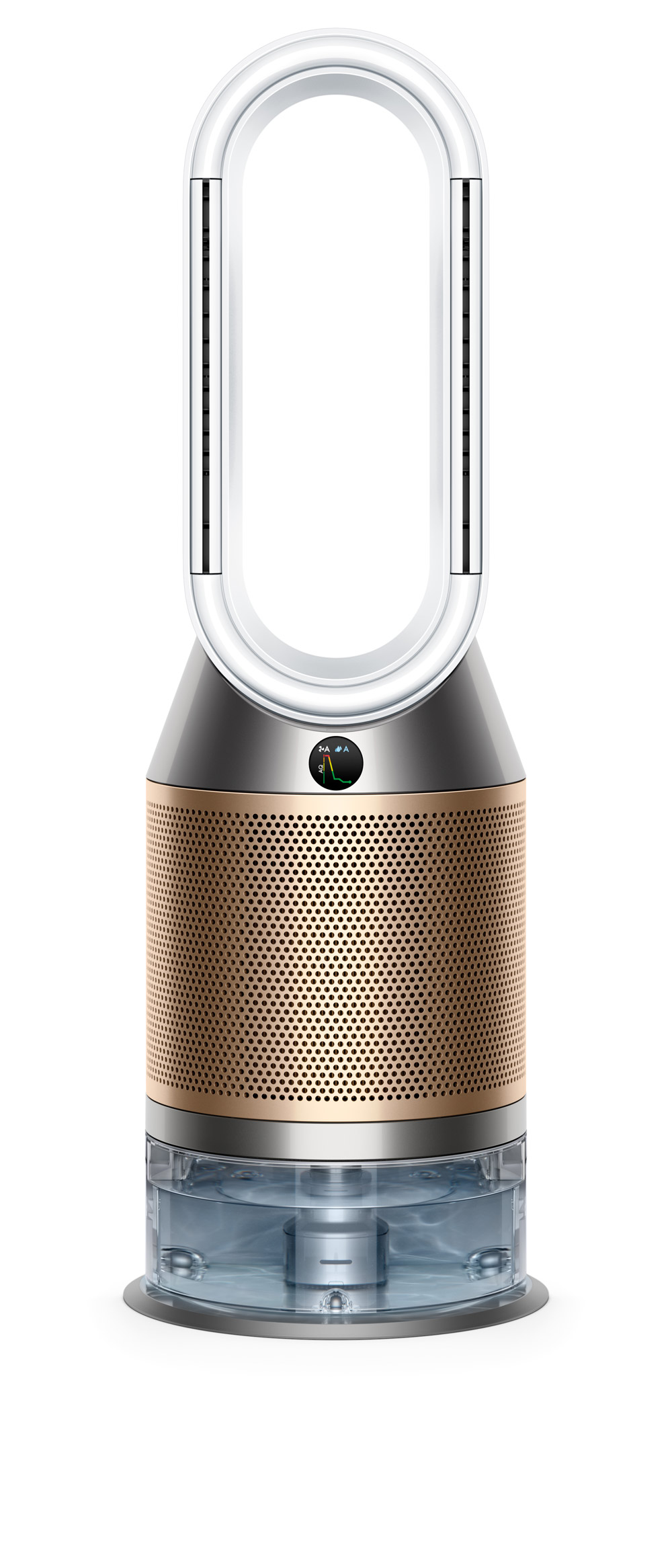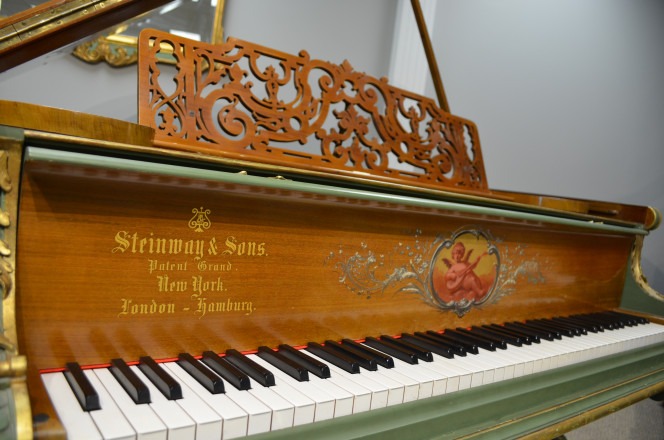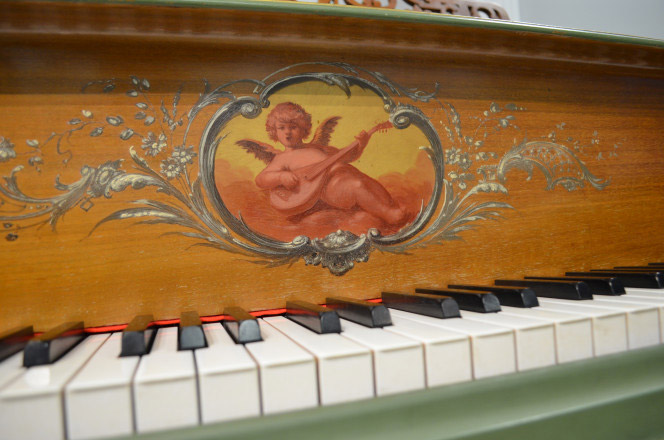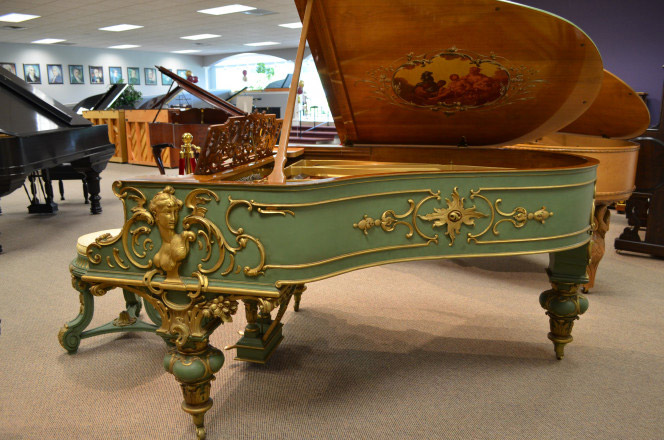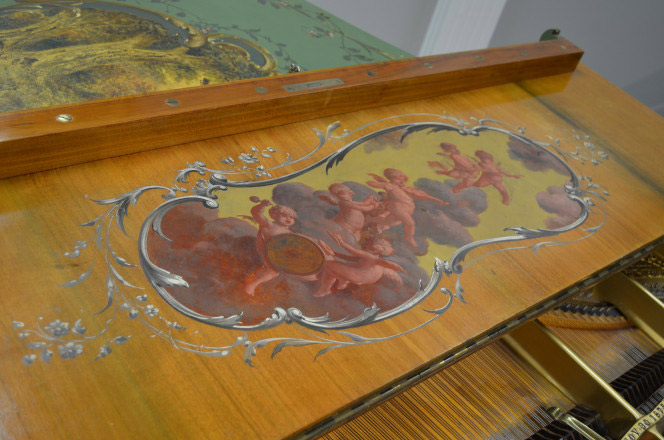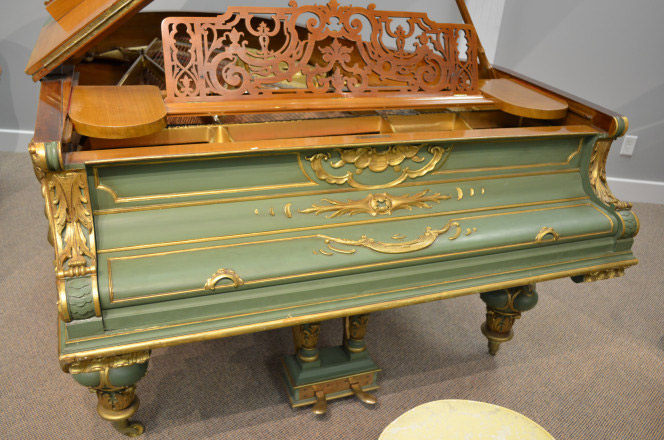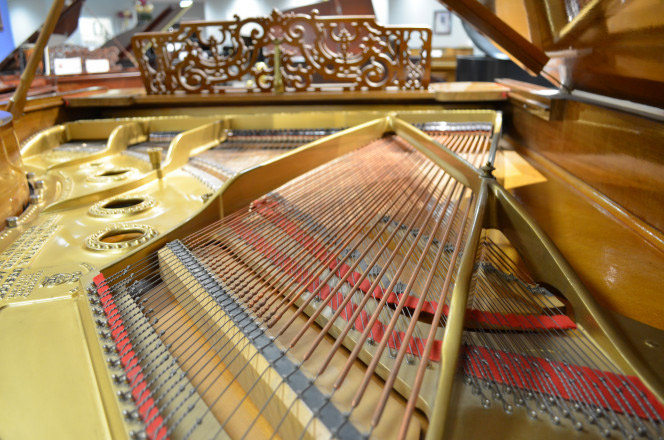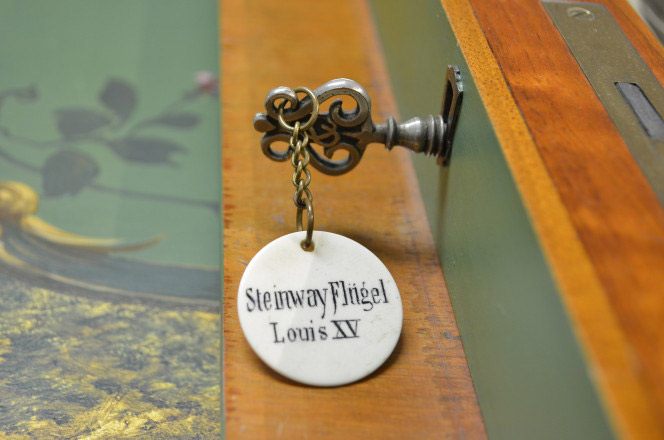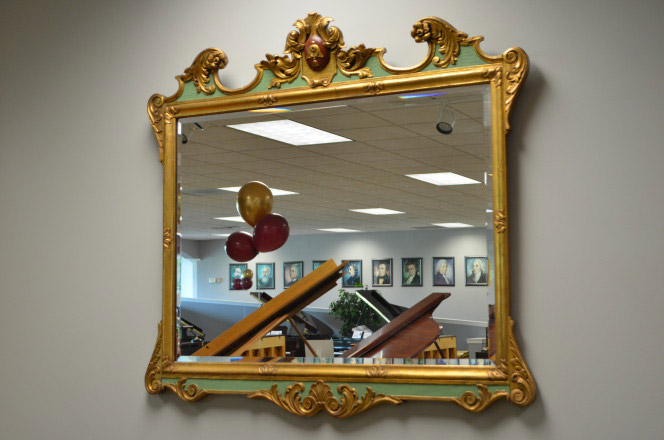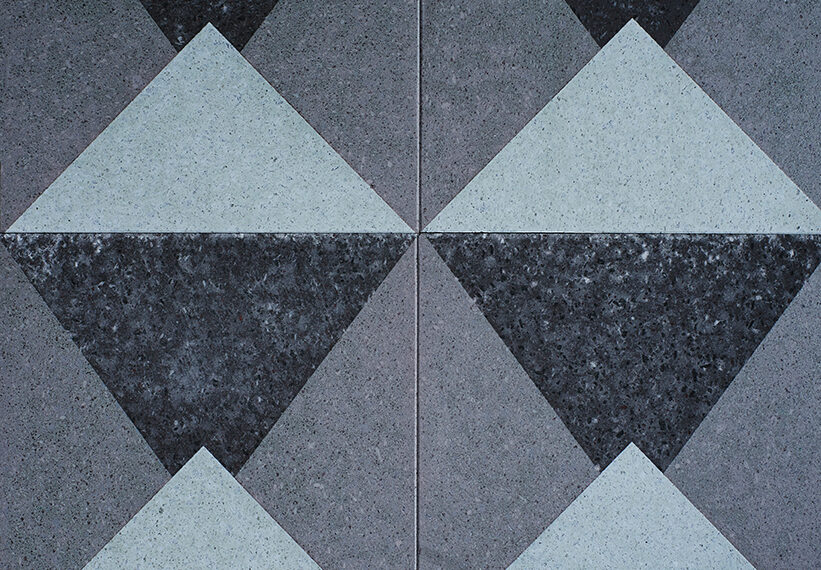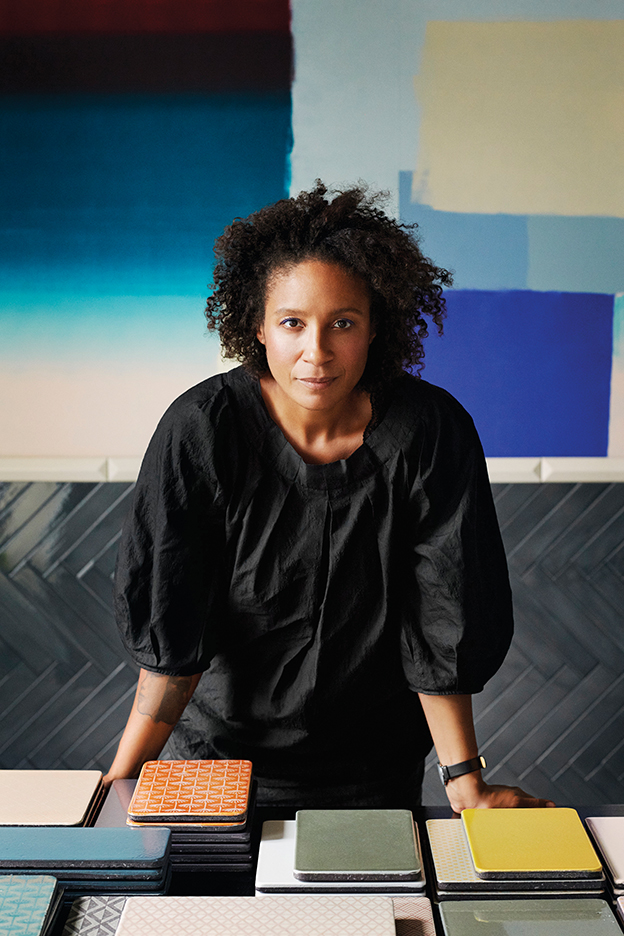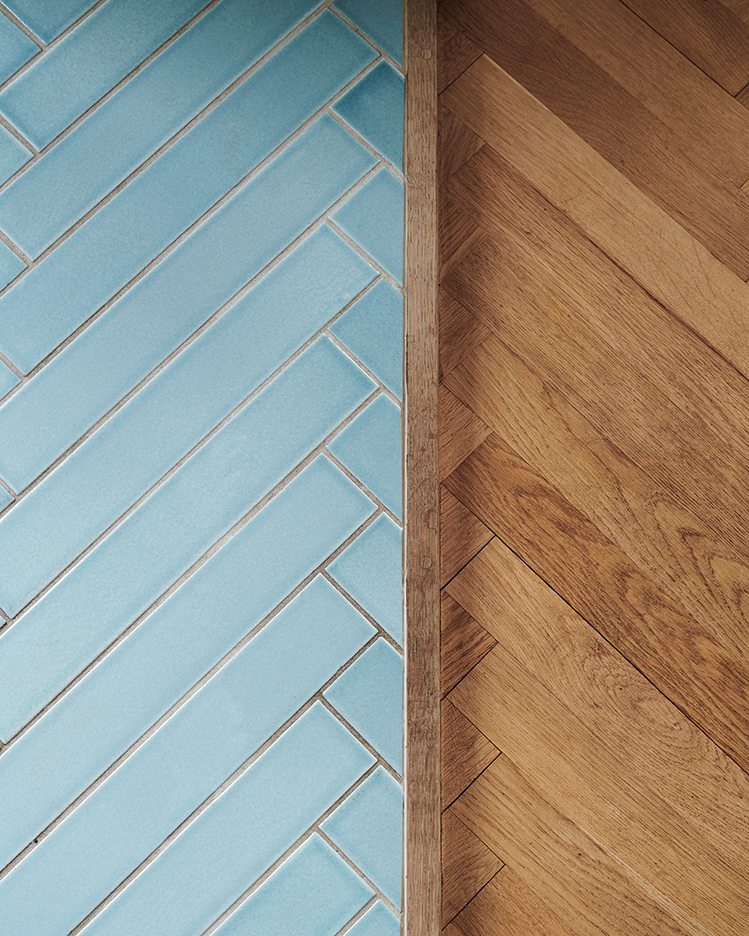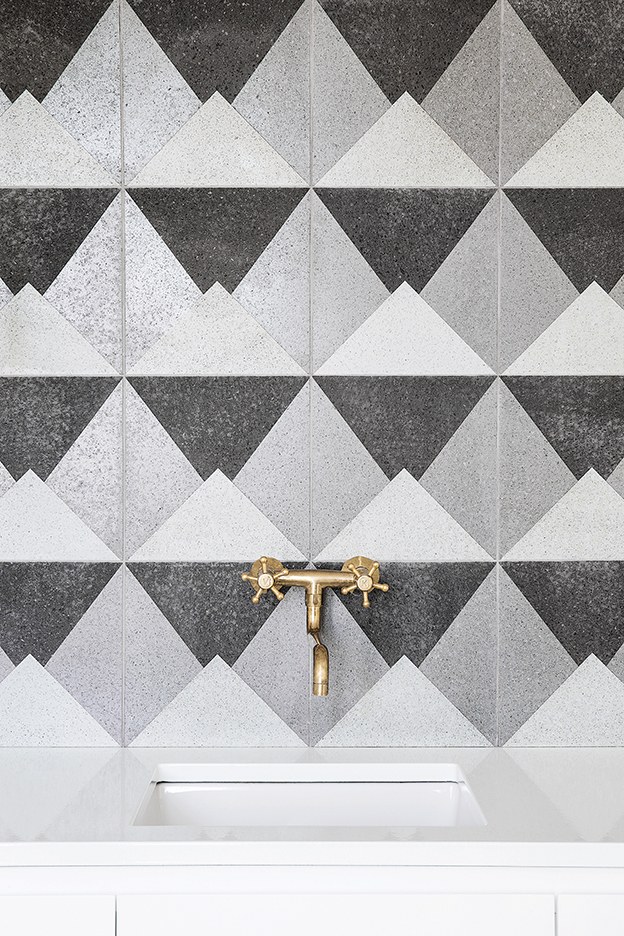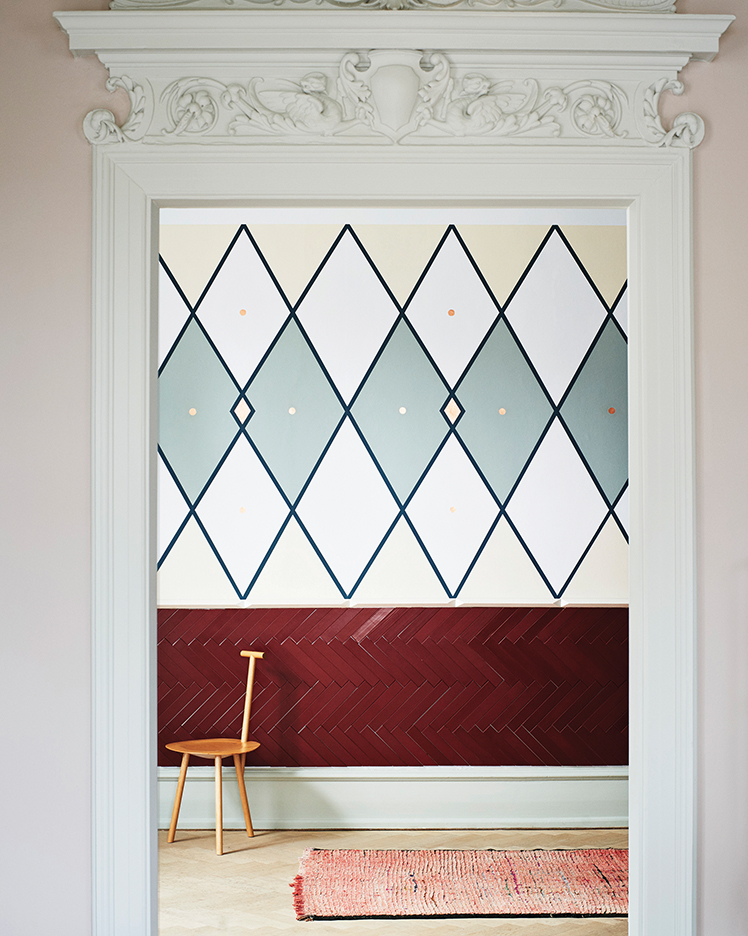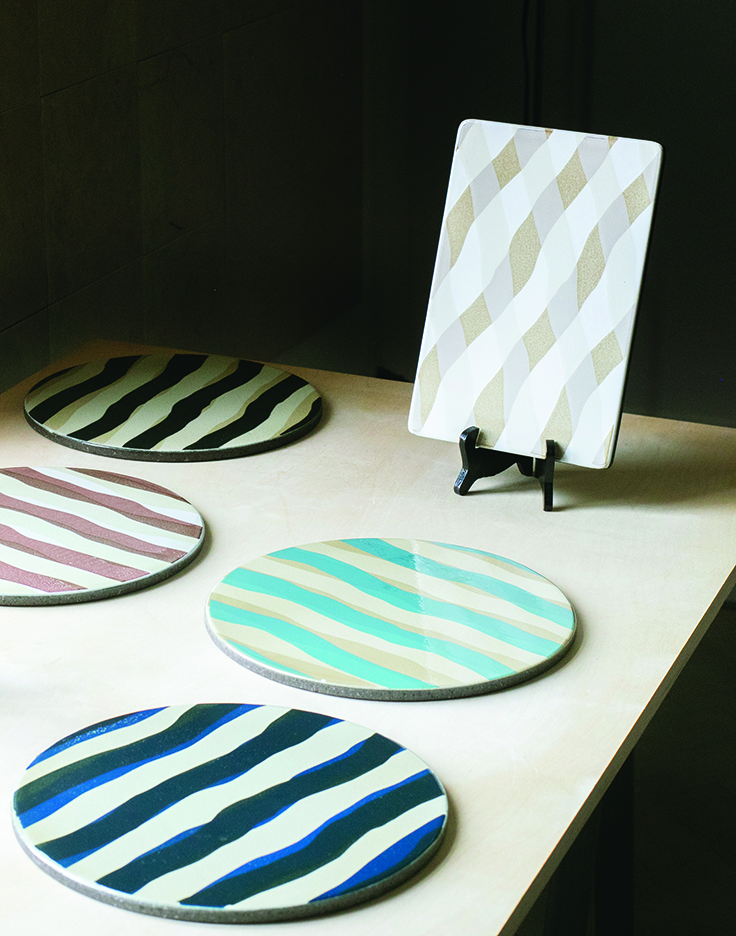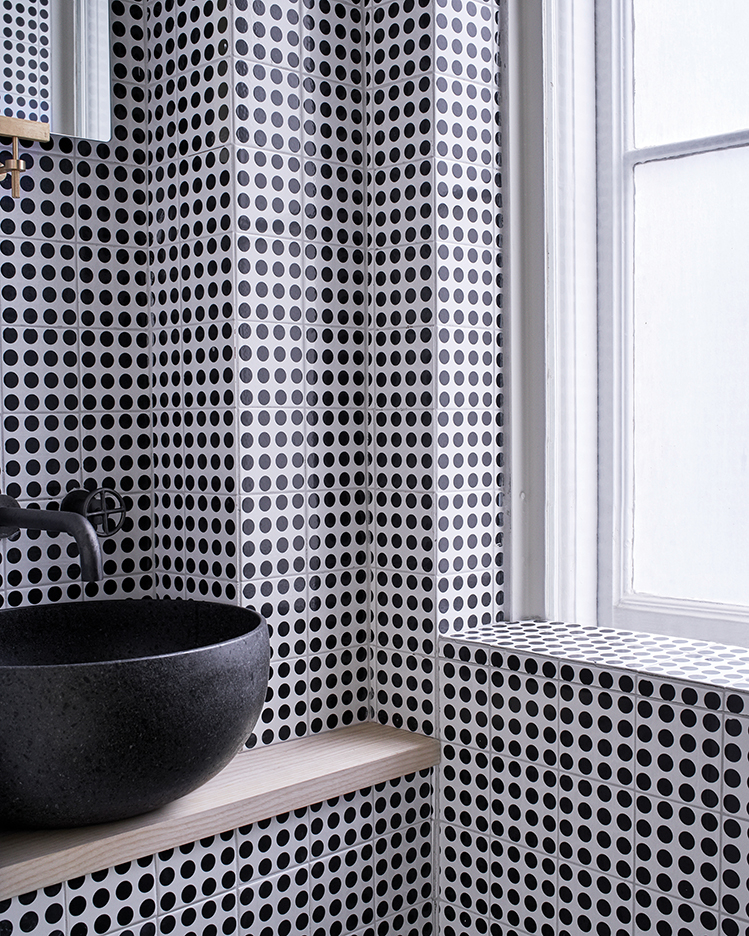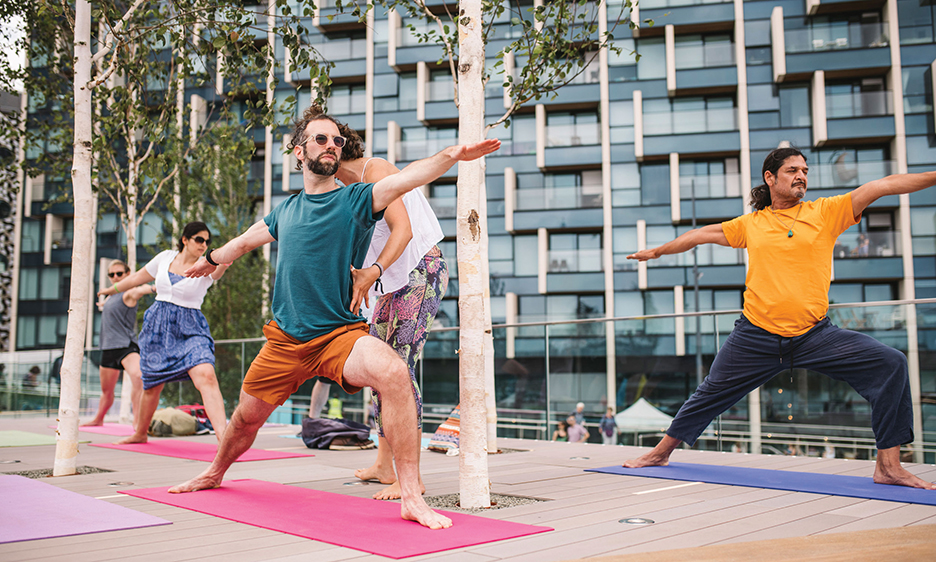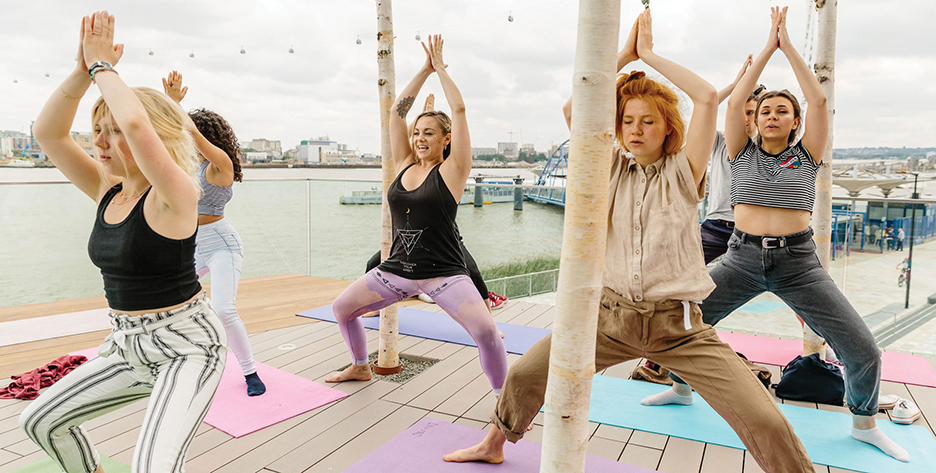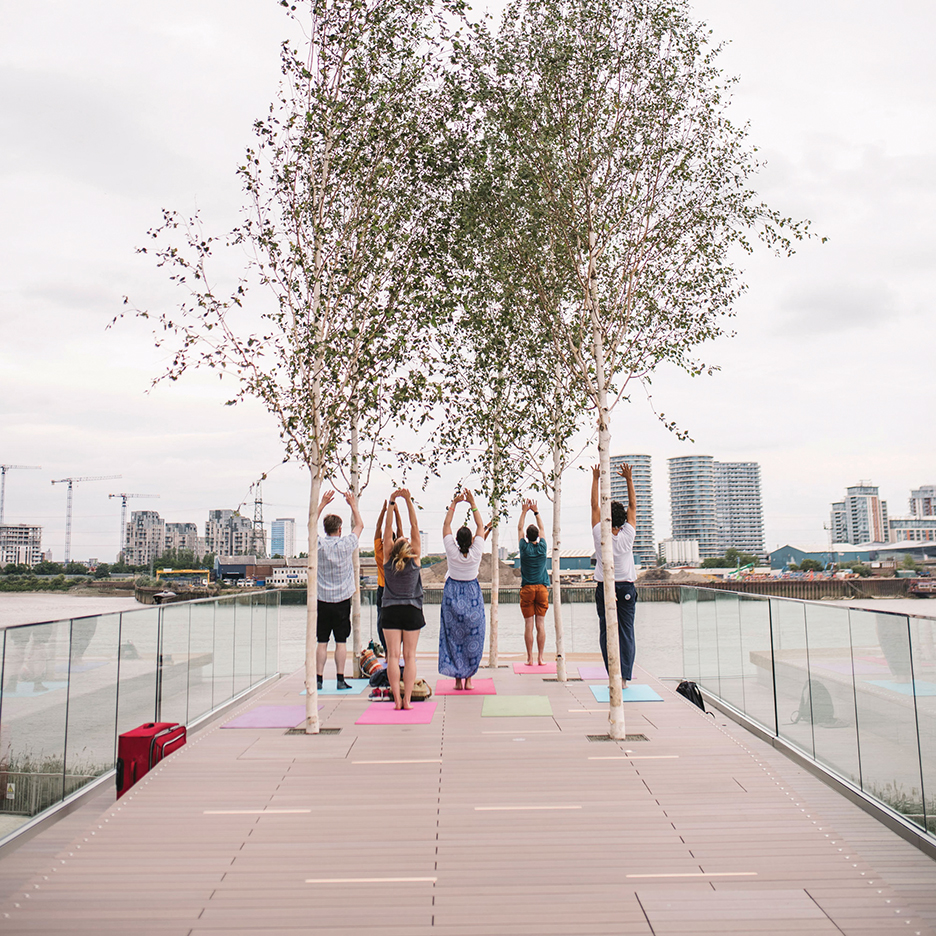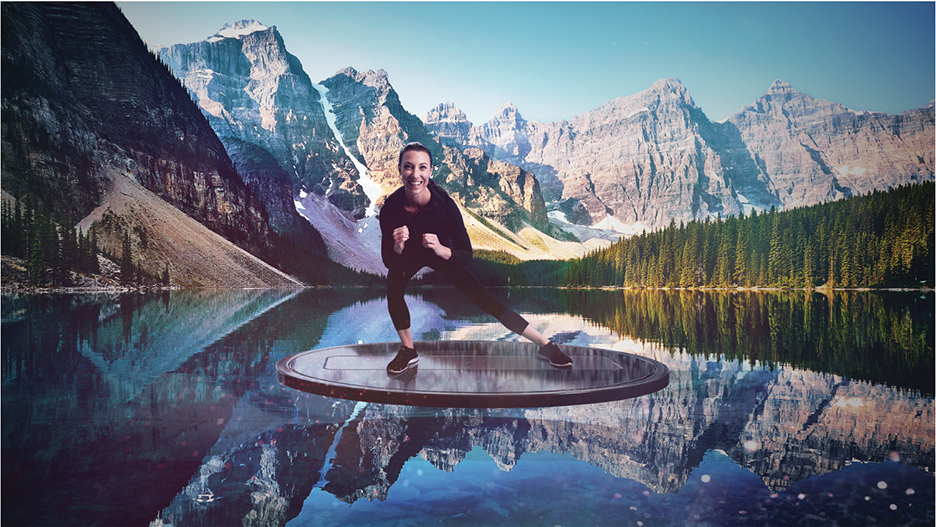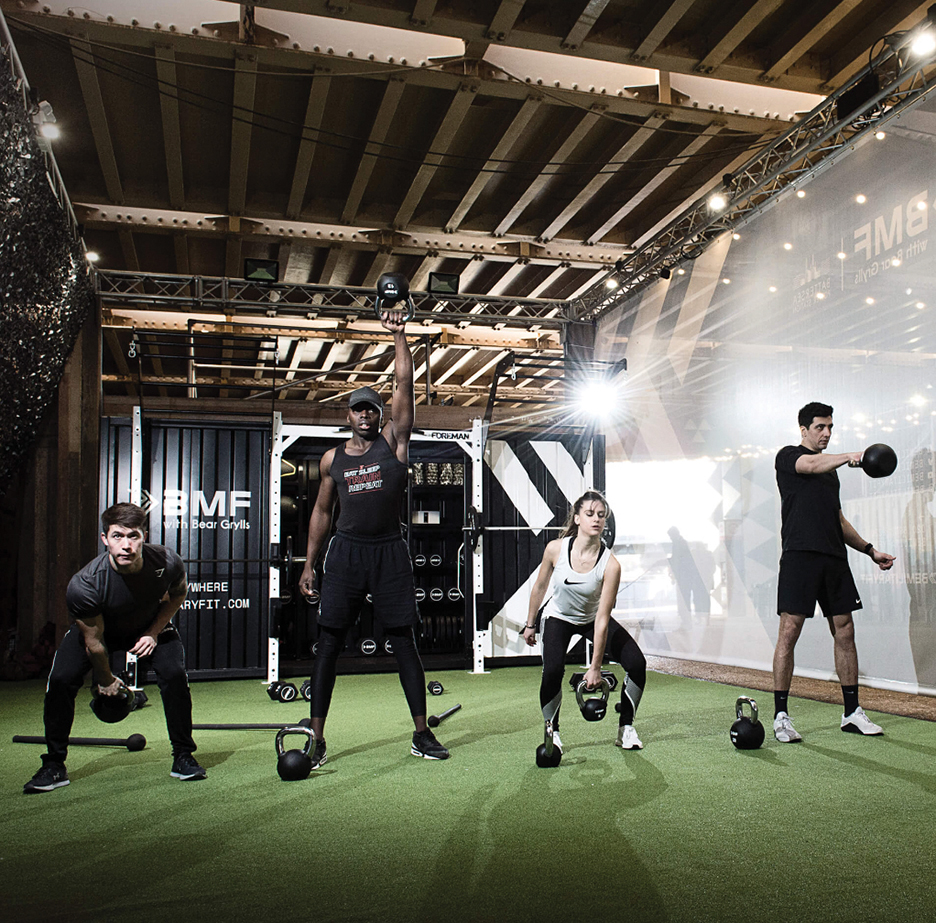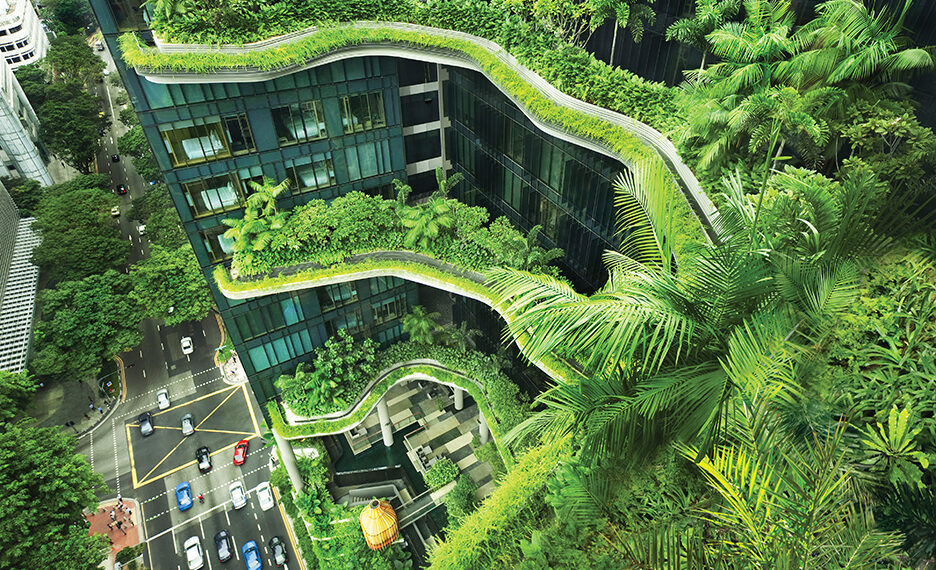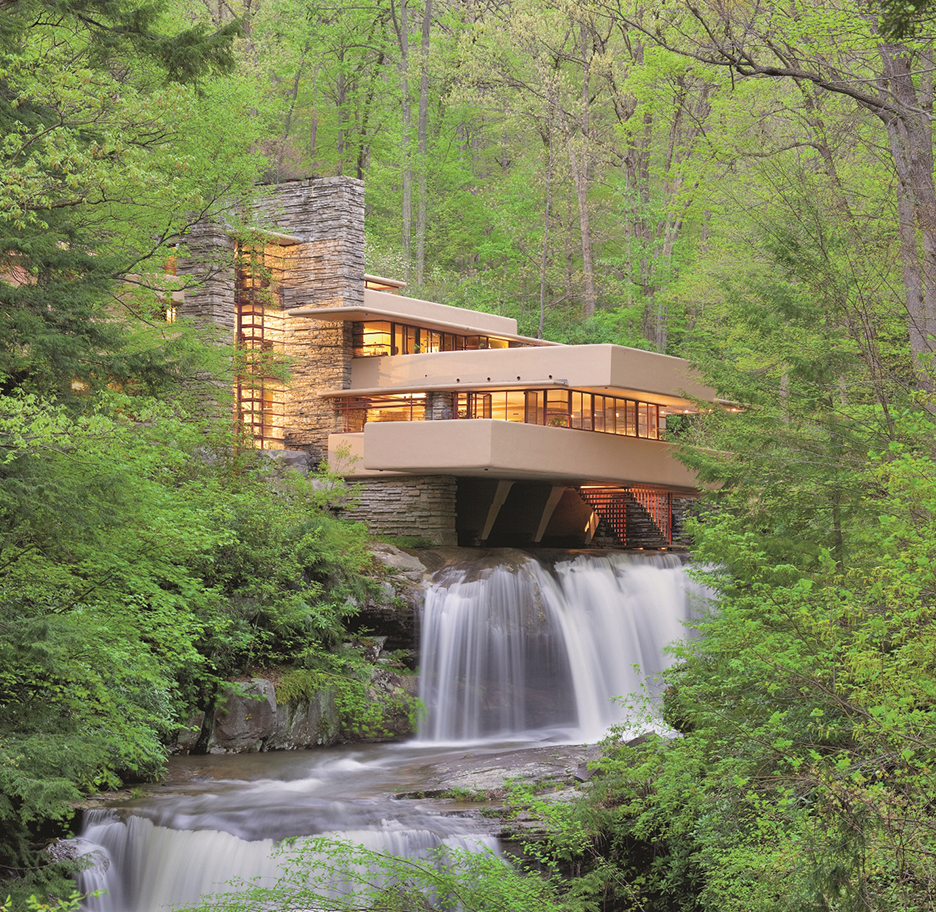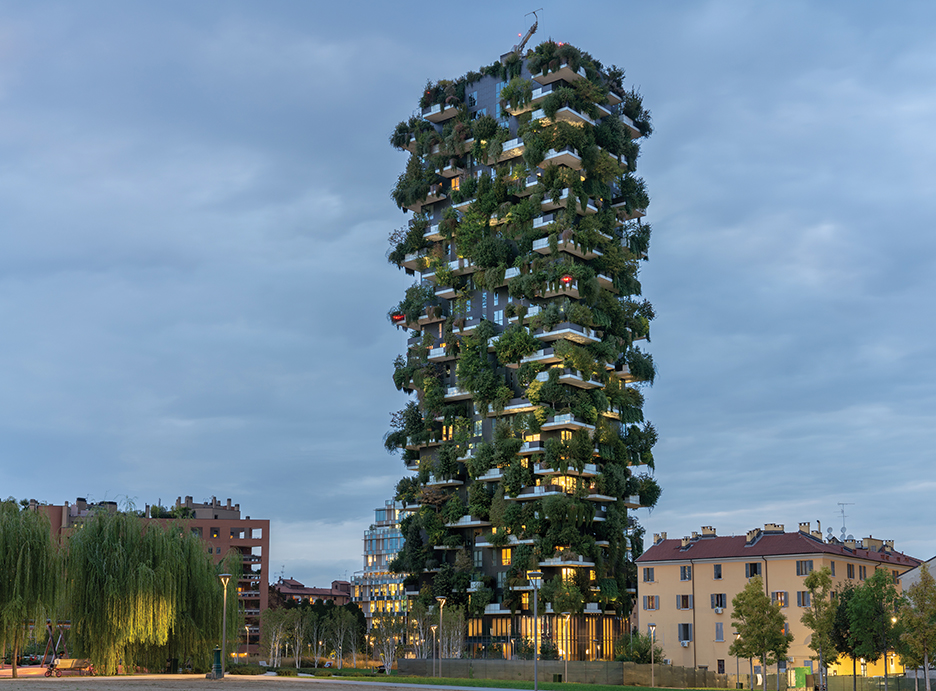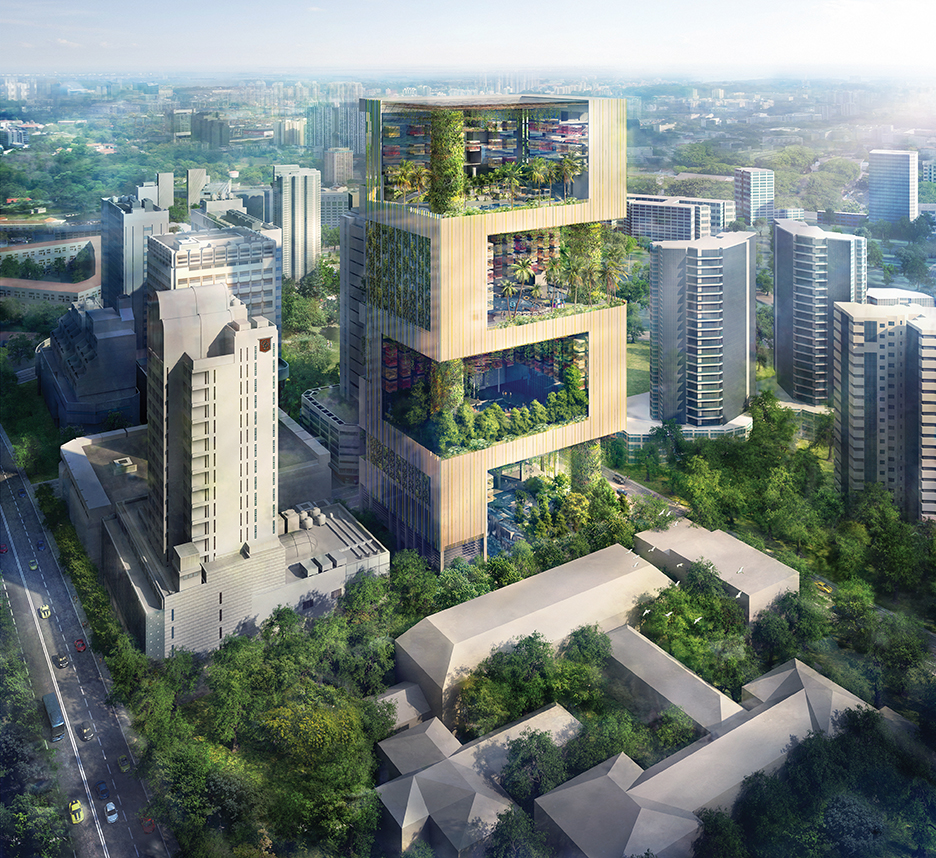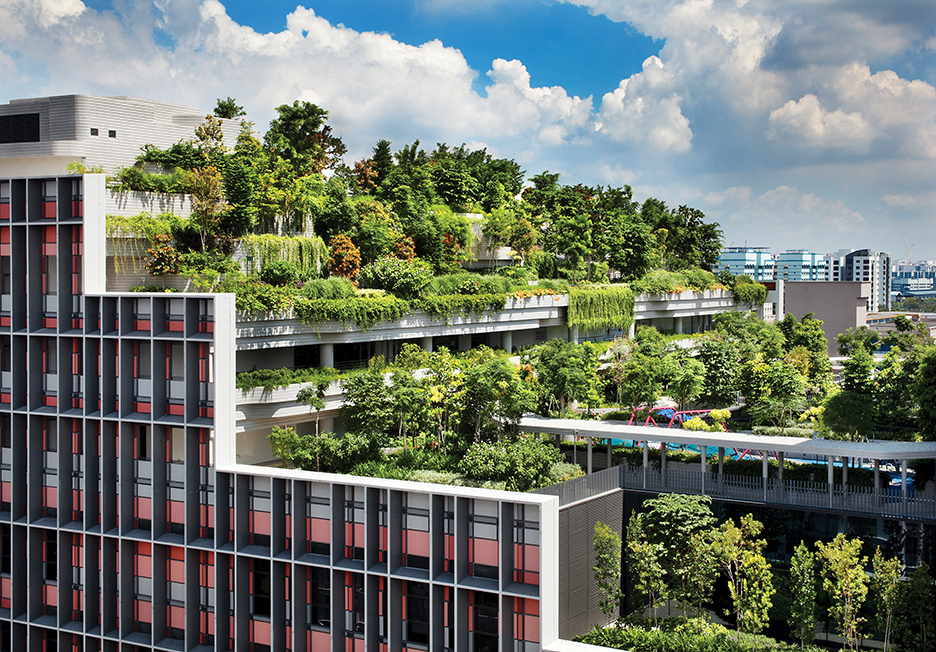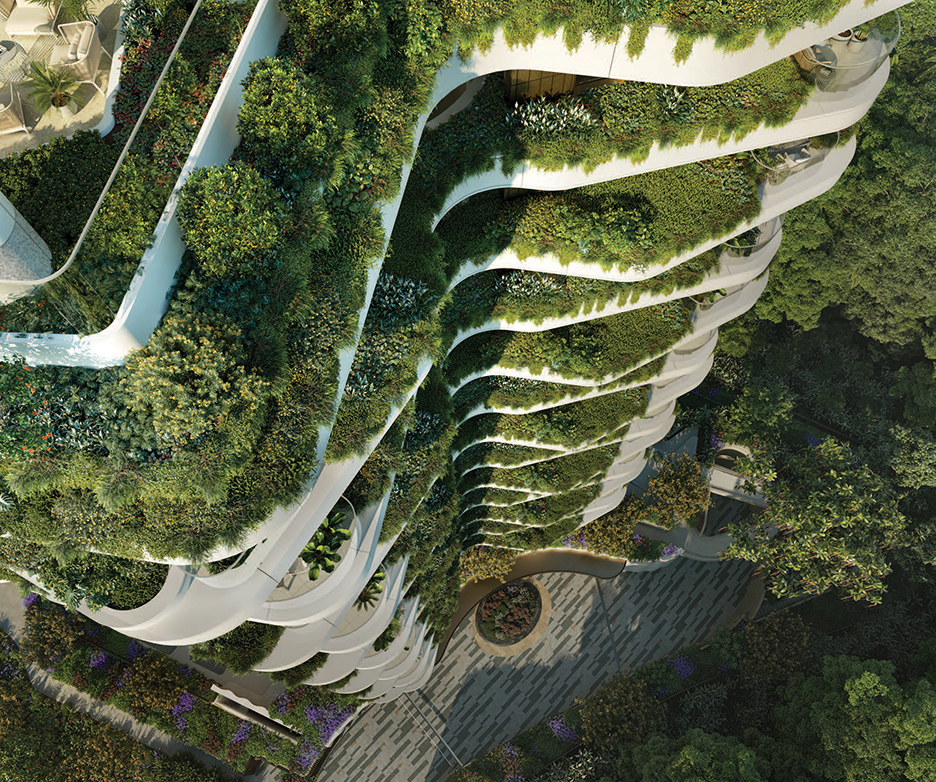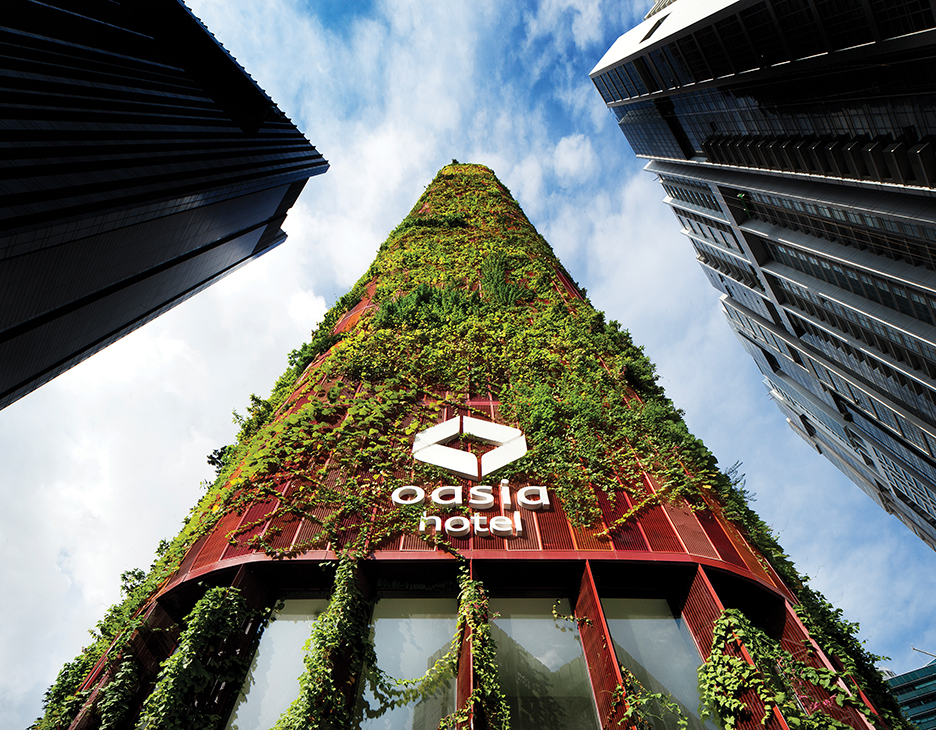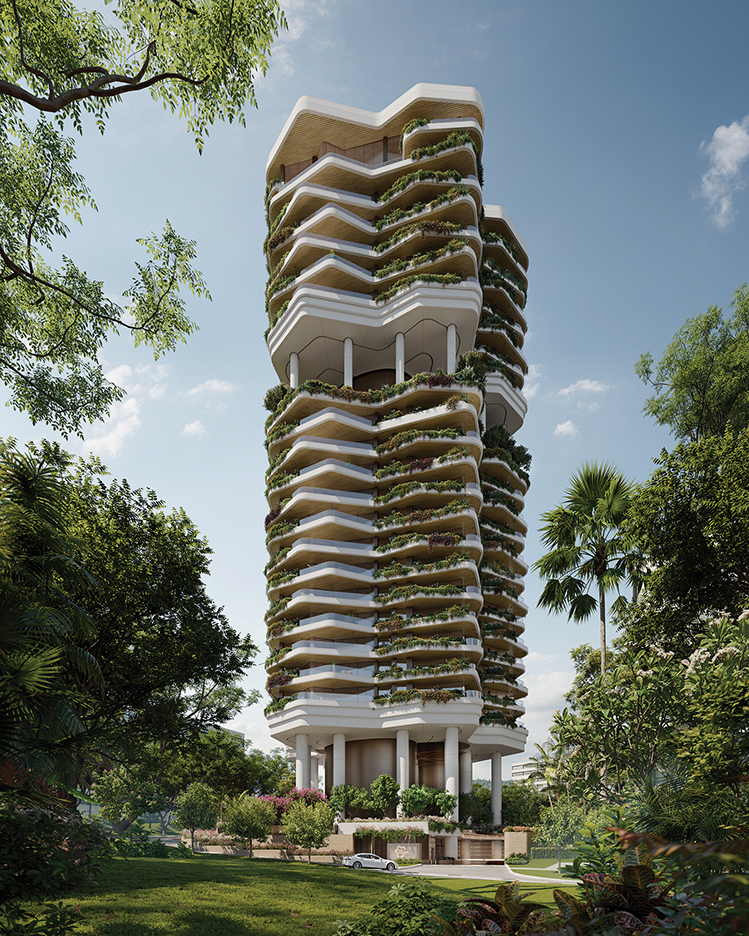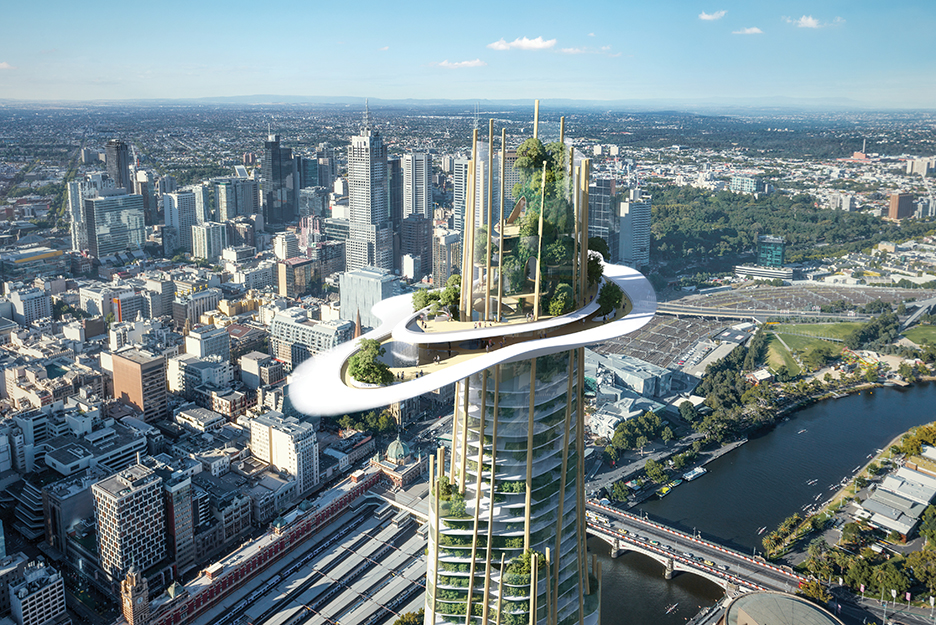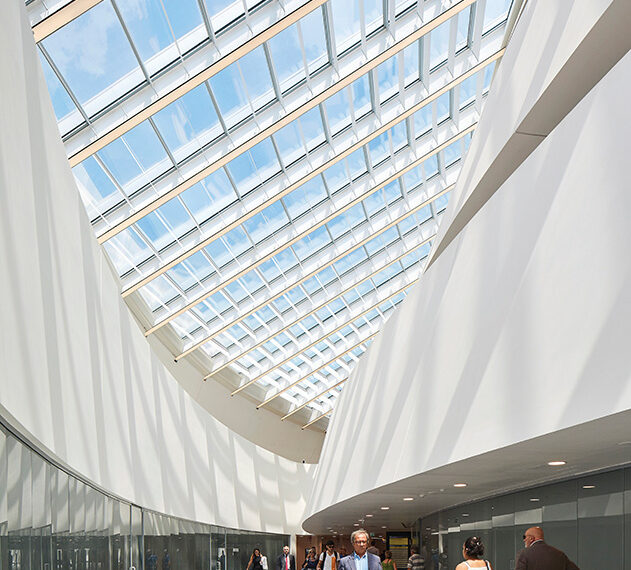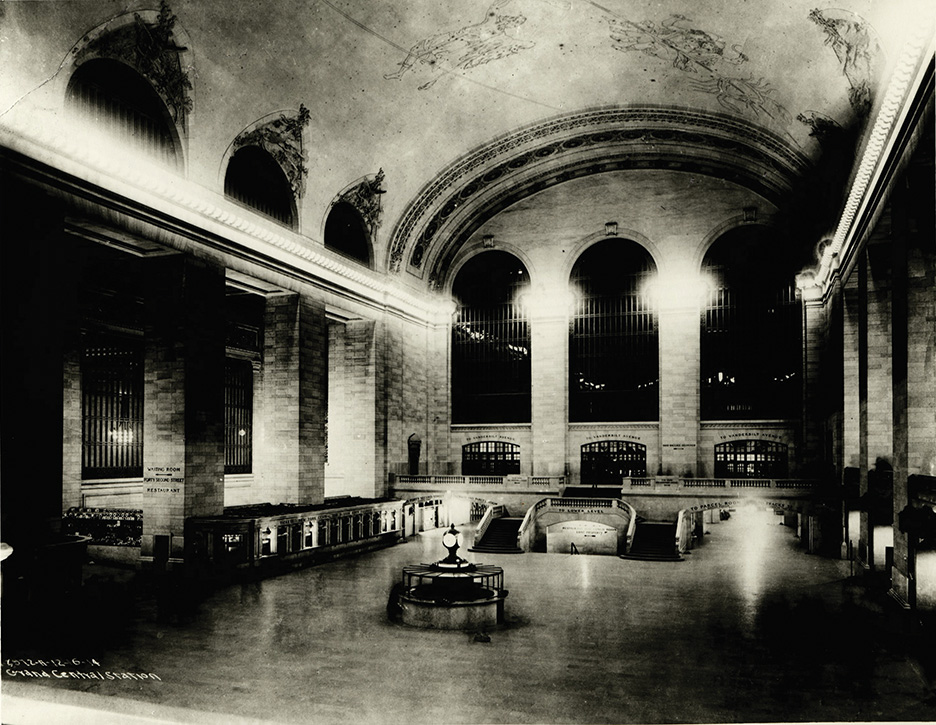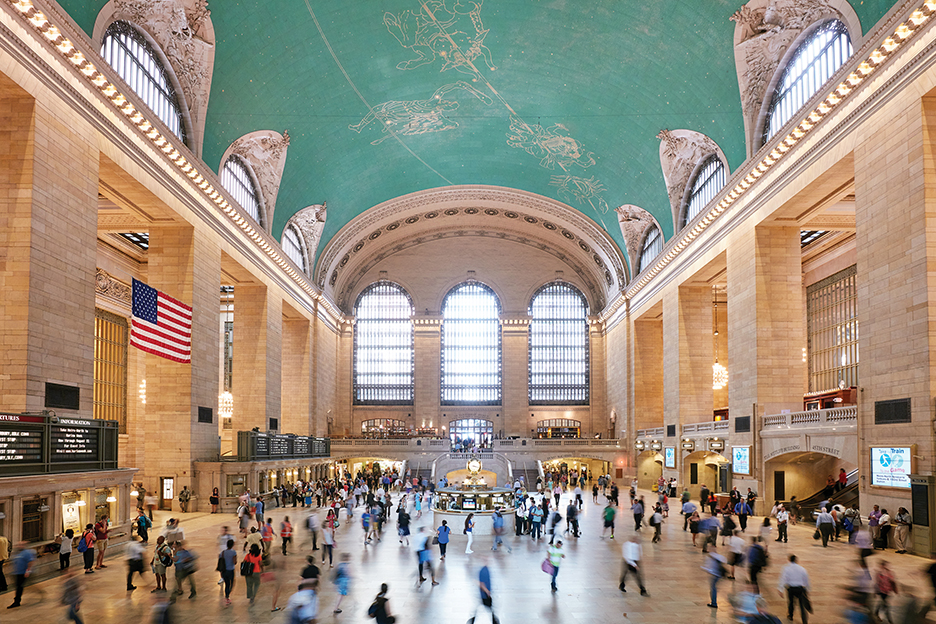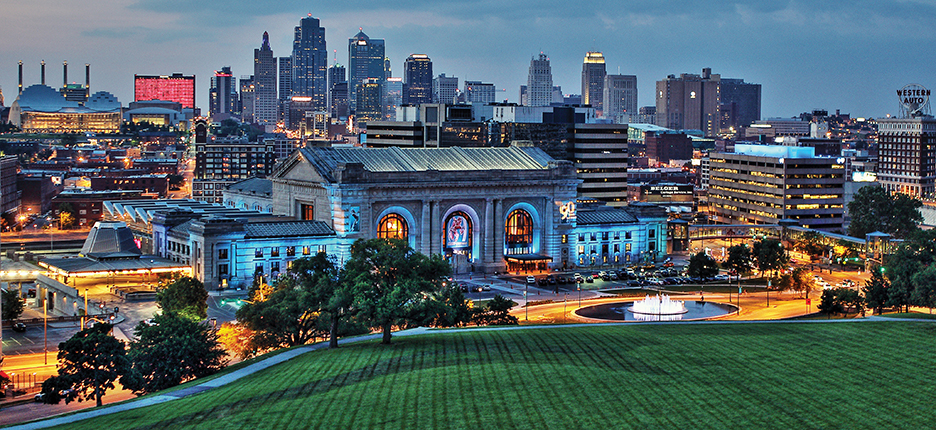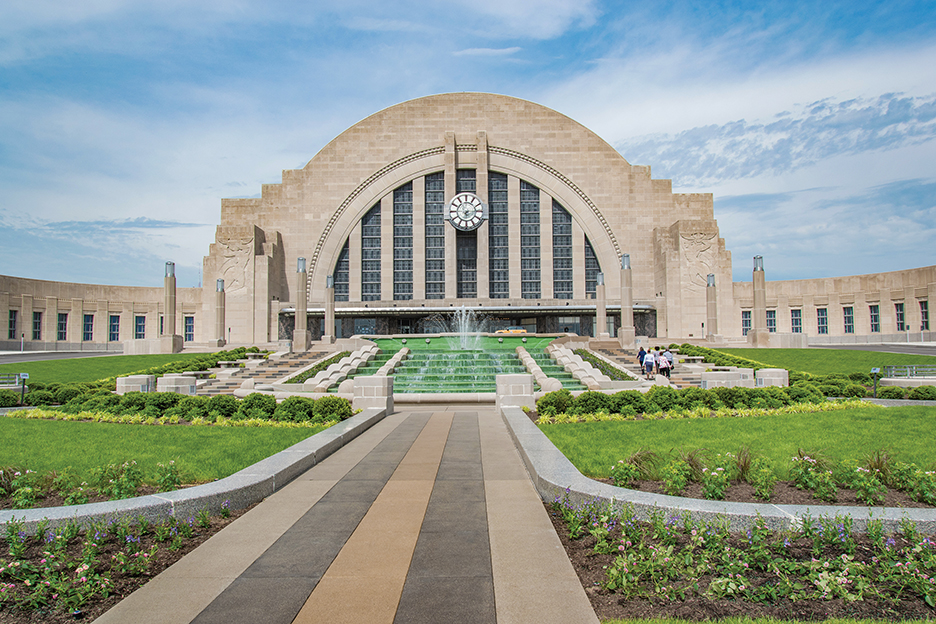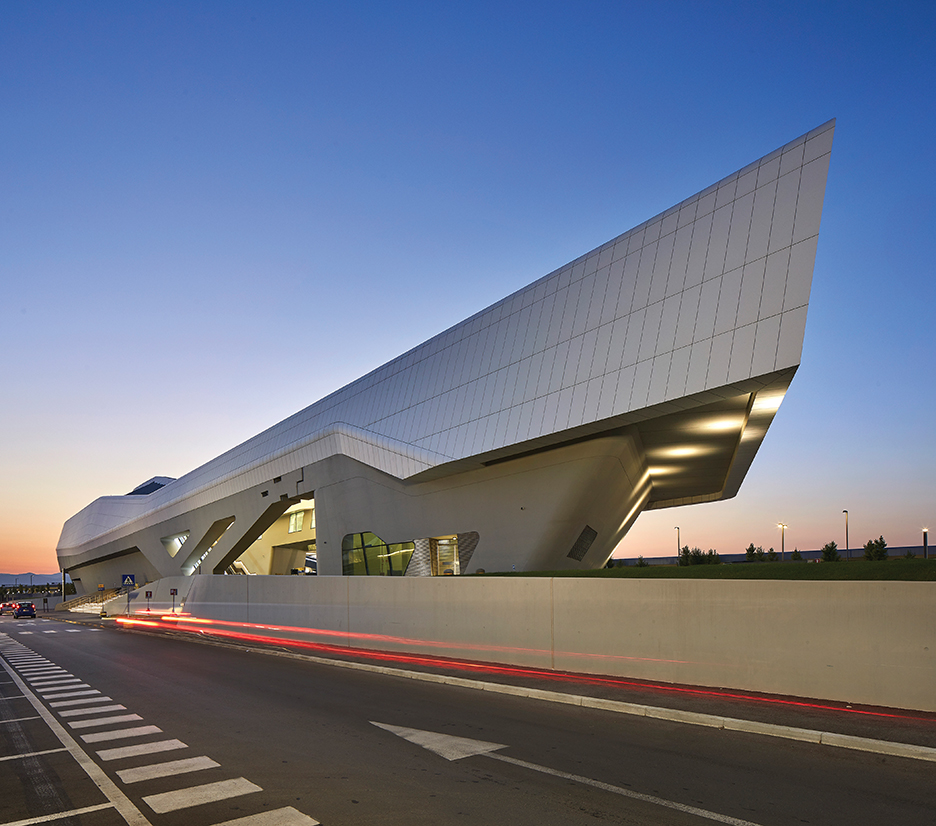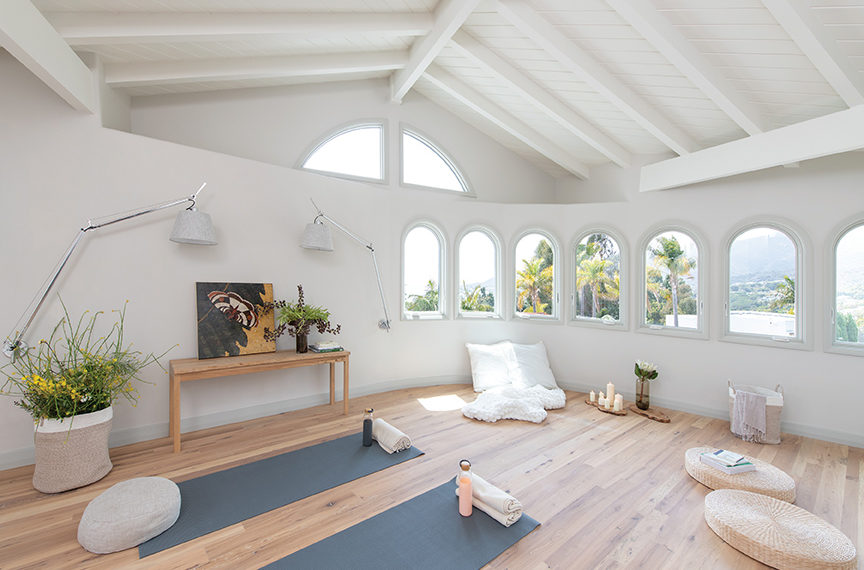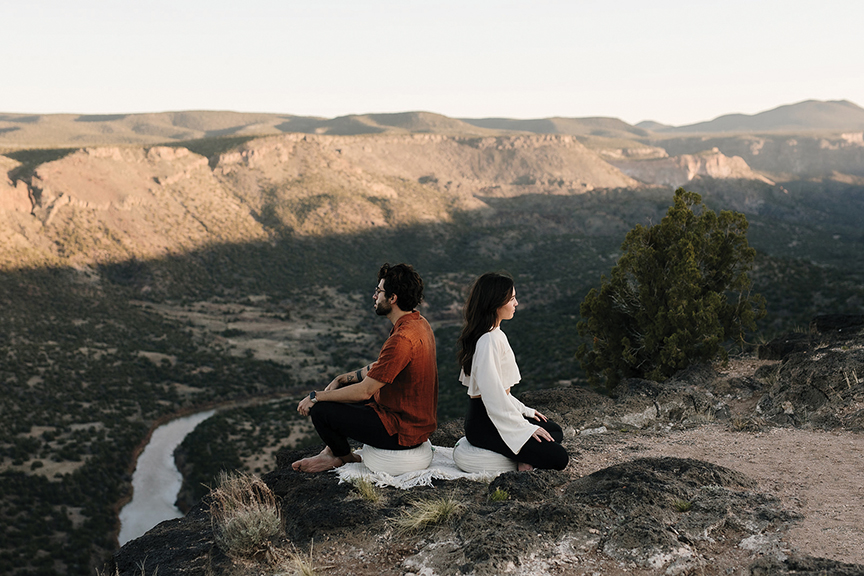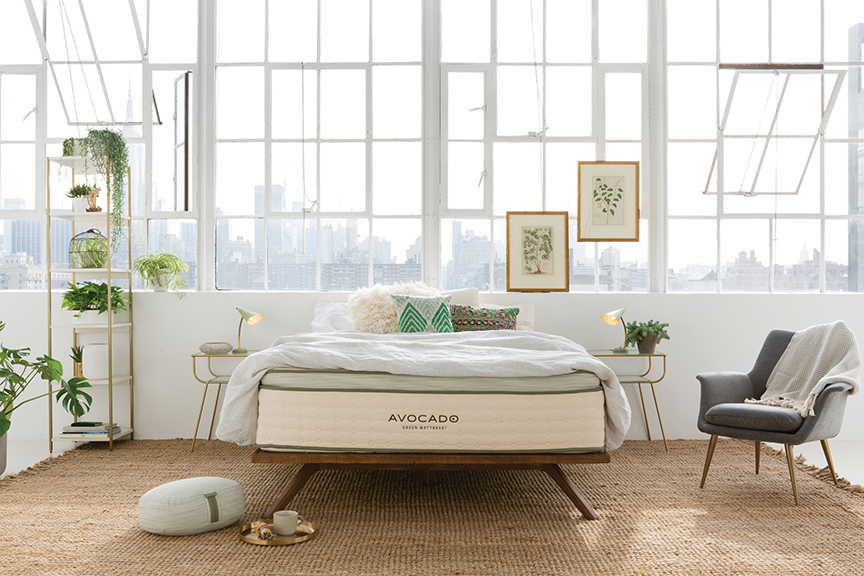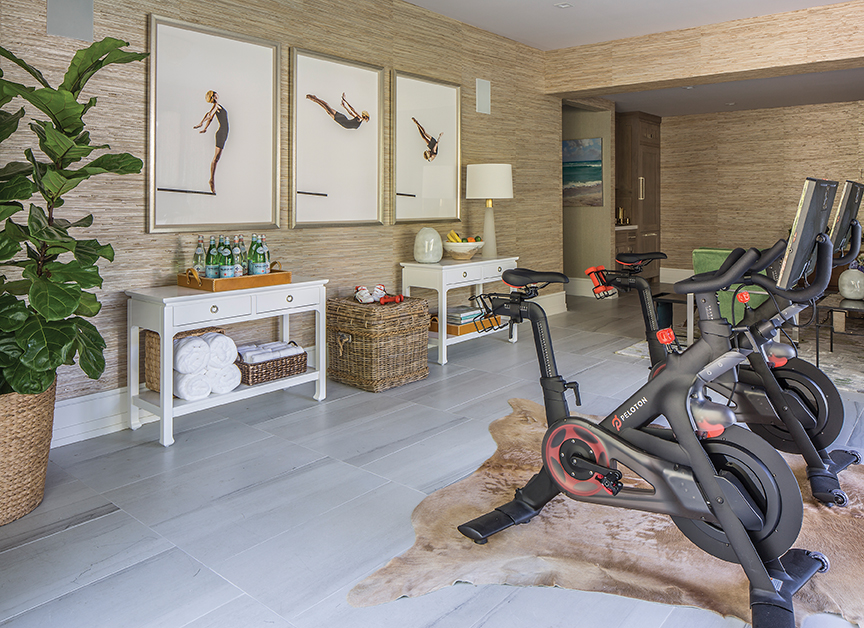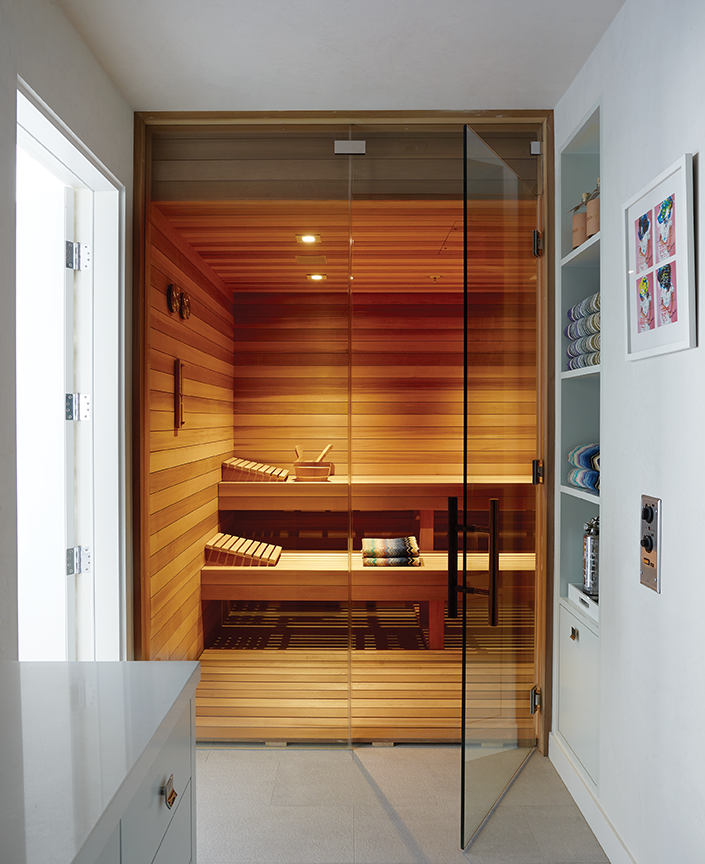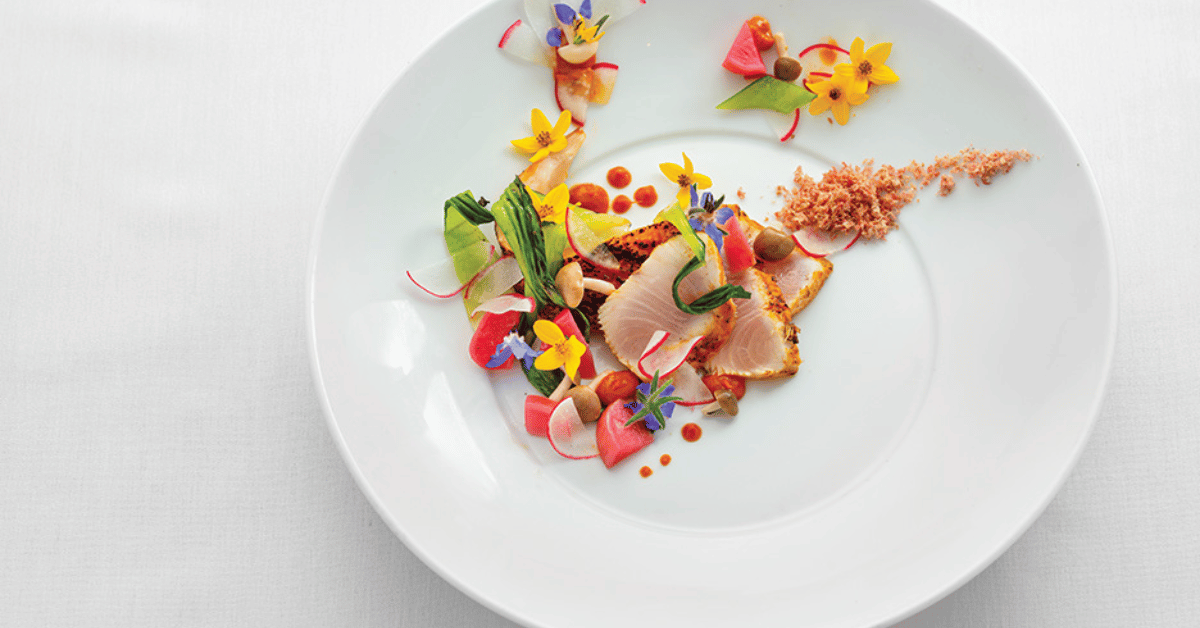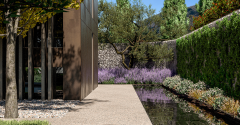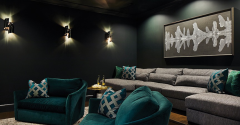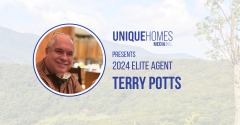Discovering a passion that you can enjoy pursuing through all phases of life yet also makes for a spectacular 50-year career is like striking gold. This is exactly how life has played out thus far for Sante Fe abstract expressionist Brian McPartlon. McPartlon’s finely honed artistic approach aims to utilize layers of various shapes and rich colors to showcase depth of field and capture the attention of viewers.
McPartlon describes his personal style as “exploratory,” and he favors using acrylic on canvas to create his breathtaking works of art. “I start with no objective. I start with color, and when color meets color, it makes a shape. I take the shape, I refine it. It develops on its own and I follow it.”
Color plays an integral role in all of his creations, and he uses a lot of water — sometimes gallons — on his larger pieces as a blending tool. “They’re gestural and abstract, and then they dry and I go back and find forms that are suggestive of ideas. When I’m trying to direct it and it takes me down a path that I didn’t expect, that’s when I feel like I’ve really accomplished something.”
Over the span of his artistic journey, McPartlon acknowledges that his personal art style has grown and changed right along with him. “You keep doing something over and over again and you get better at it. [Also,] the environment you’re in changes the way you look at things.”
A single painting could take anywhere from 10 minutes to a whopping 40 years to complete, because, according to McPartlon, nothing is so sacred that it can’t be improved upon. He is fully disposed to diving back into a painting he created decades ago and changing things up. “I mean, there are some things from high school that I’ll probably leave — I’m 75 years old. That’s a lot of work.” he explains.
McPartlon discovered his zeal for art when he was just a teenager. “When I was 16 in high school, I wasn’t very good at many things. I got straight As in history, and Ds in everything else,” says McPartlon. “I took an art class. I did a drawing and the teacher took notice of it, and the class took notice of it. It made me want to do more. Then, I studied really hard, drew with charcoal and studied any art books that I could get. I was encouraged — I had supportive parents, supportive teachers.”
When he was 17, McPartlon entered a local art show and was recognized as “Best in Show.” His work was featured in a gallery amongst established adult artists. “I didn’t even know what an opening was, I had no idea what I was doing.”
McPartlon went on to attend the School of Visual Arts in New York, where he studied drawing, painting and sculpture. “I learned classically — how to draw and paint, realism, portraits, still lifes, and I was really turned on by abstract work. I had the opportunity to, while I was in New York, go to museums quite a bit. That’s where I really decided that I wanted to be an abstract painter.
“That changed my life forever. I decided that I was going to be an artist and that was that. Nothing else.” McPartlon then moved to California to attend the San Francisco Art Institute to further his art education, where he continued to fine tune and develop his personal art style. In 1973, he received a Bachelor of Fine Arts degree and began his art career.
Maintaining a sense of passion toward any long-term career or hobby requires a constant flow of inspiration. Having been an artist for decades, finding inspiration in everyday life is what has kept McPartlon going. He finds this through studying the work of other artists, visiting museums and galleries, observing his environment, and traveling.
“I’ll give you the best inspiration I have,” says McPartlon. “This is kind of my mantra, ‘inspiration is perspiration.’” You can’t wait for inspiration, you have to start working. The satisfaction comes from completion. You’ve got to start with one step. It sounds really simple, but it’s so true. If you are waiting for inspiration, it’s never going to come. The inspiration comes from trying.”
McPartlon believes that art can lift your spirits in ways nothing else can. “My type of work provides a window of perception unlike the view you may see out a window,” he says. “Mine’s a different view; it’s a view of your intraself. If you have a high-end home full of beautiful views, my work can be looked at as a window into oneself or into one’s personality.”
McPartlon stresses the importance of the viewer construing their own meaning of a work of art, rather than figuring out the artist’s interpretation. “Find something in it that you relate to. Everyone that views the work has a different insight, a different reaction,” he explains, noting that good abstract work should provoke thought.
As for the future, McPartlon emphasizes that he is still working to create his masterpiece. “I think that that’s the goal of every artist.”


